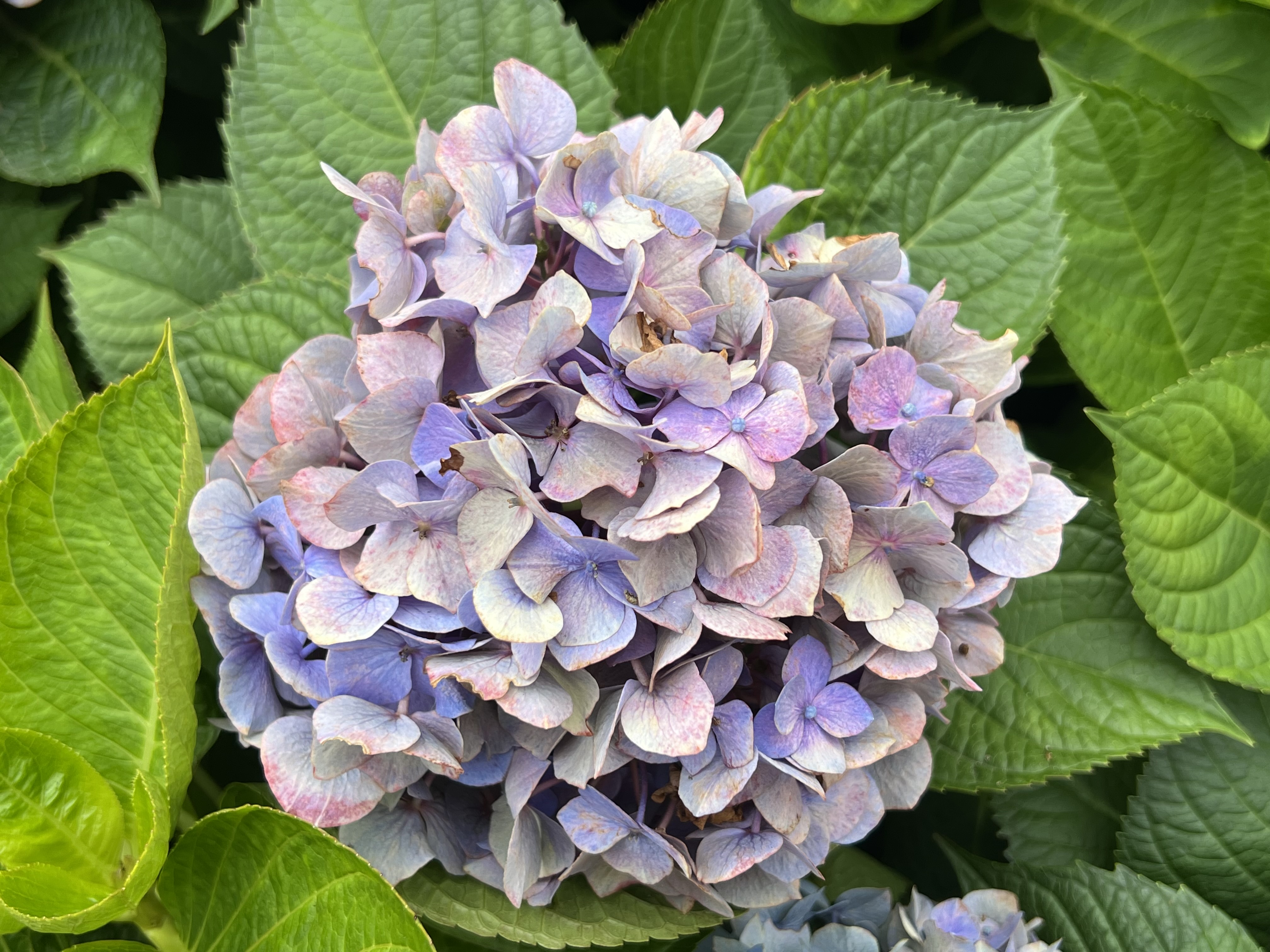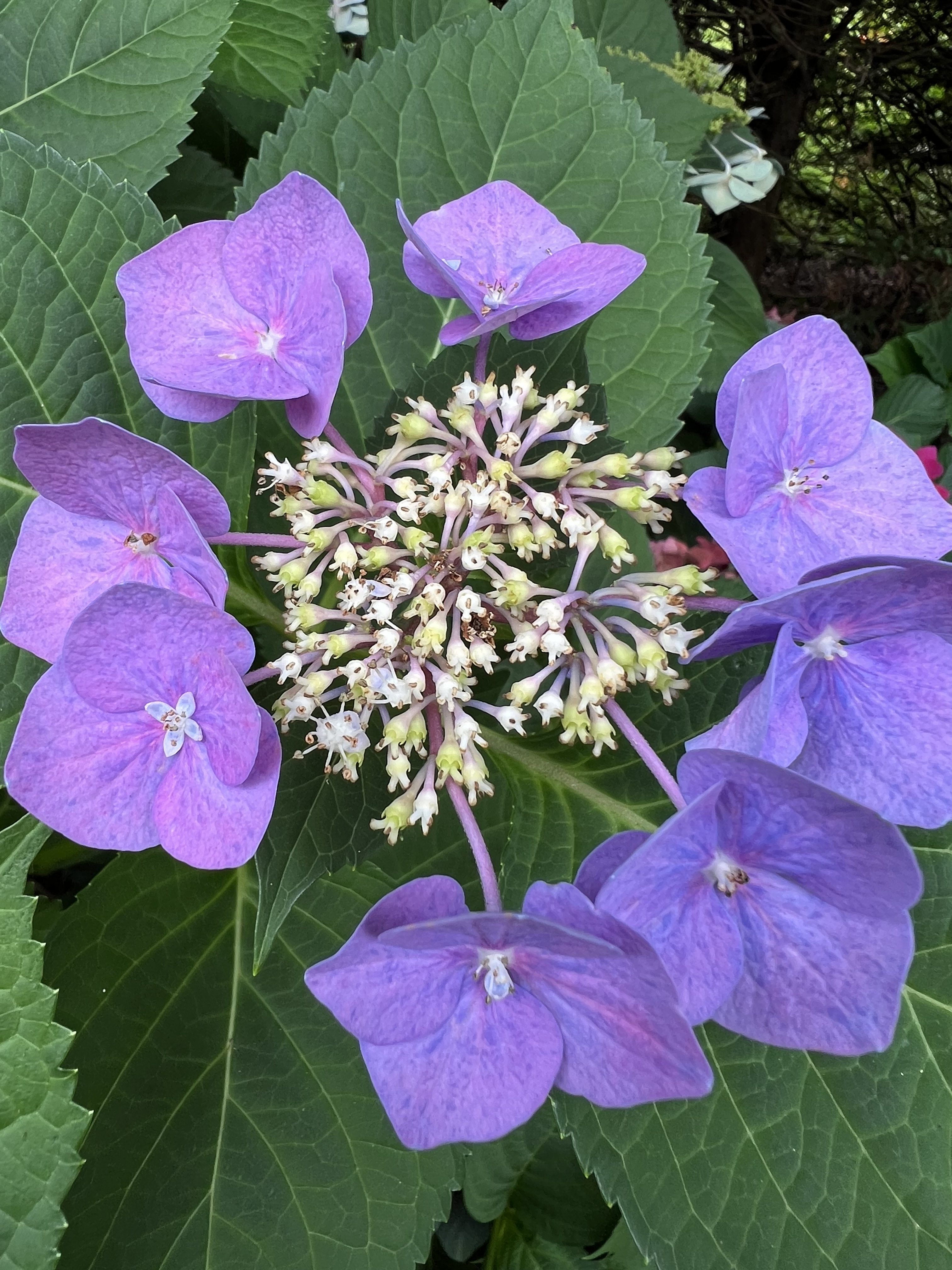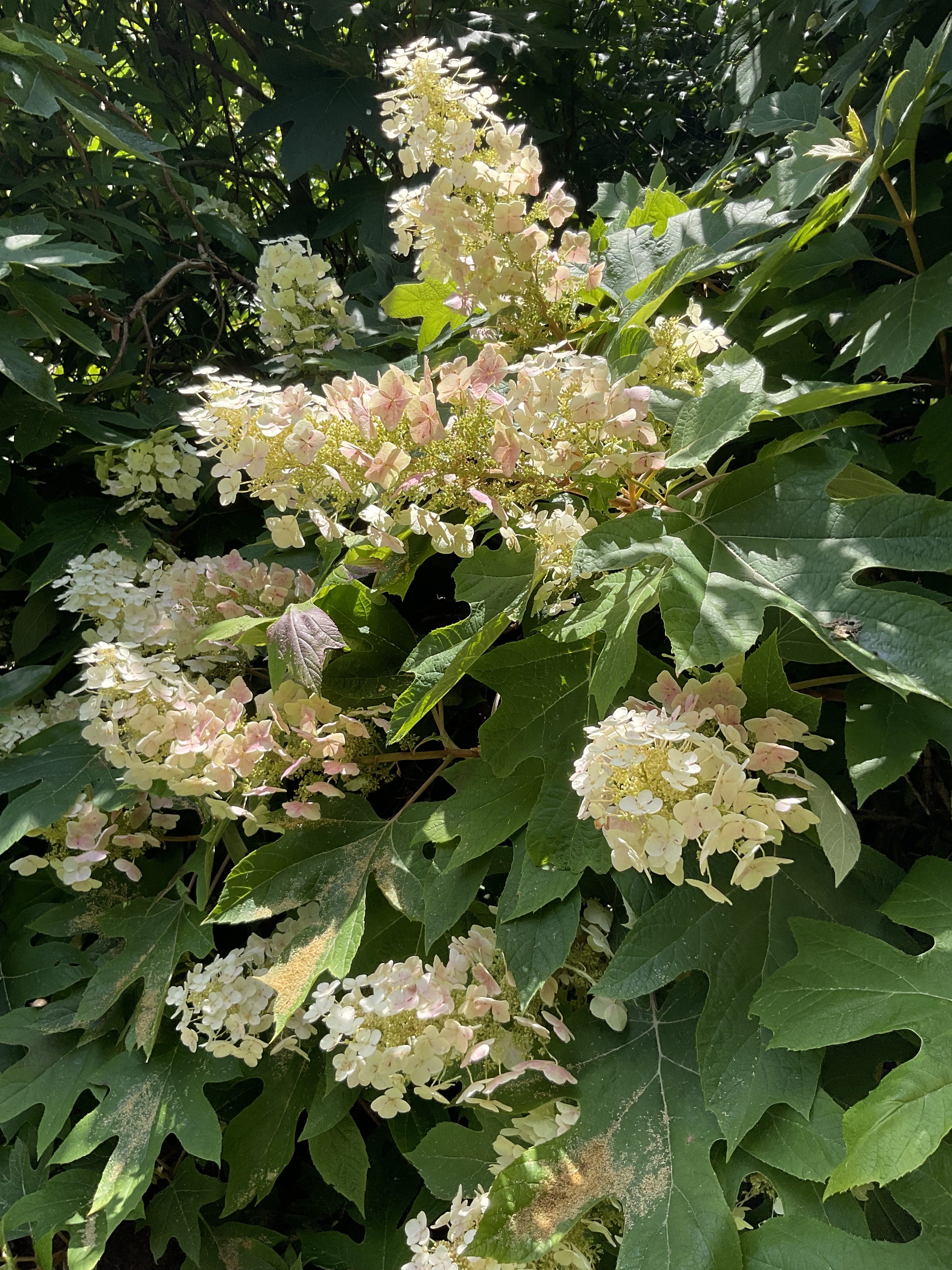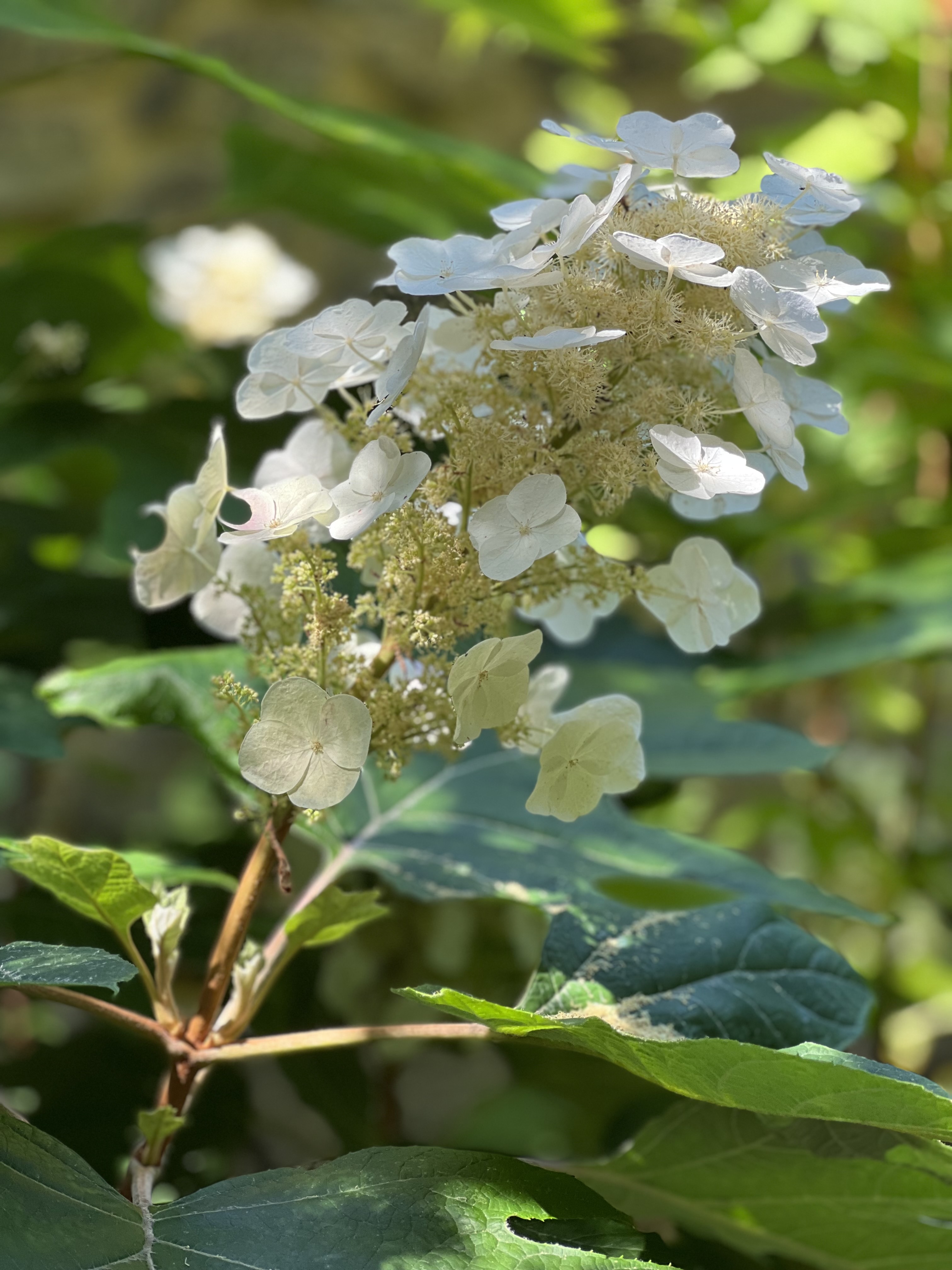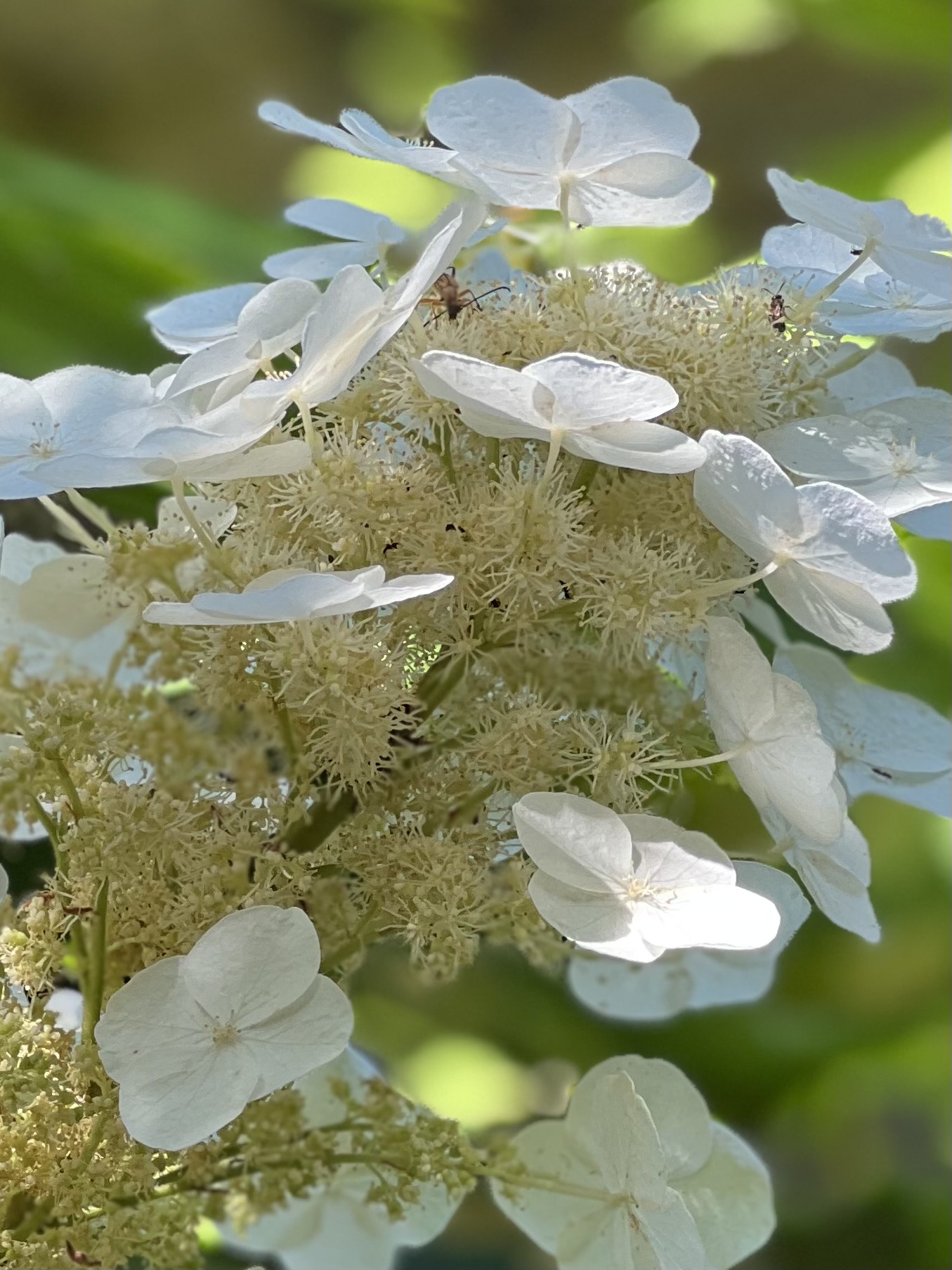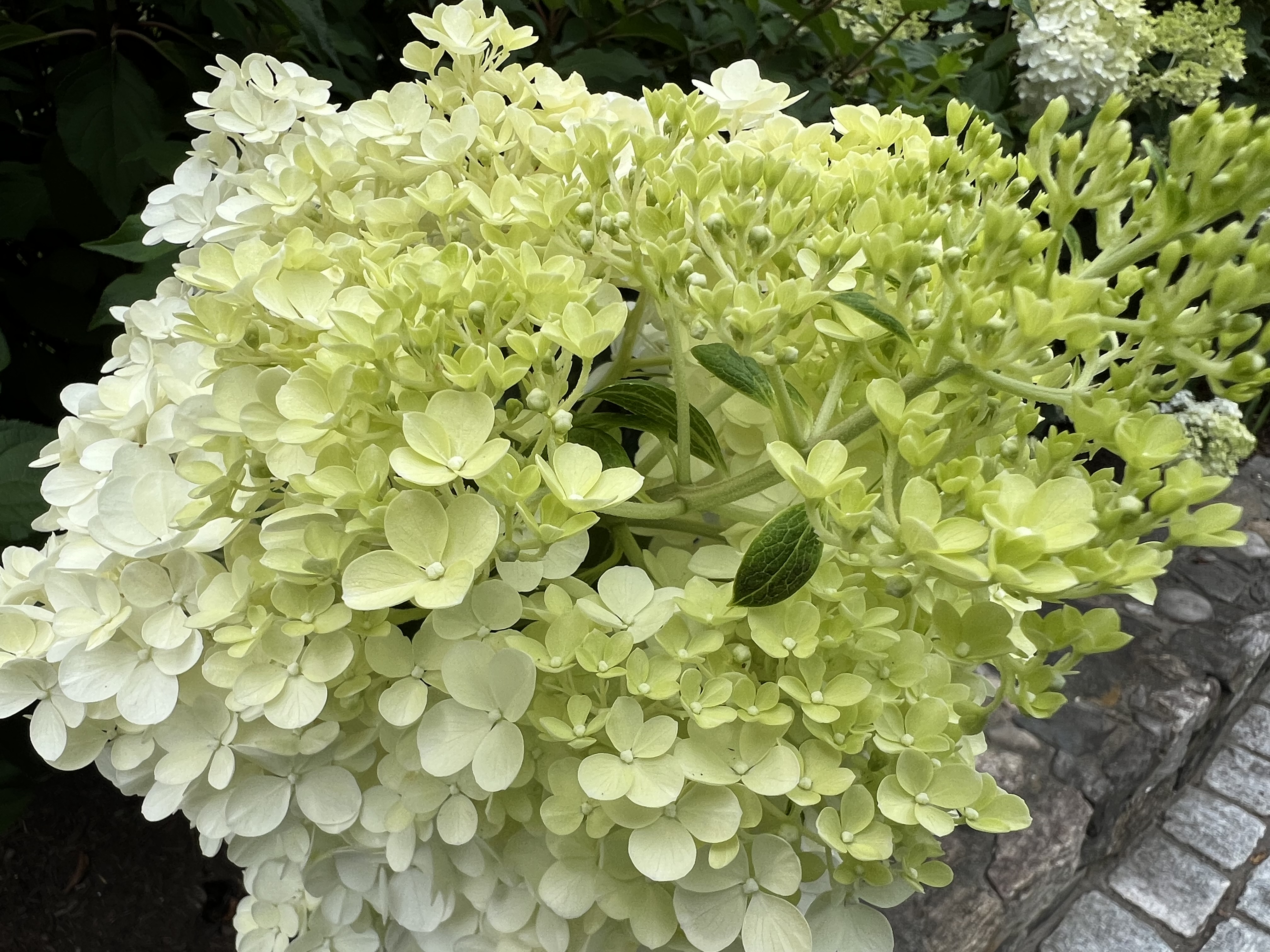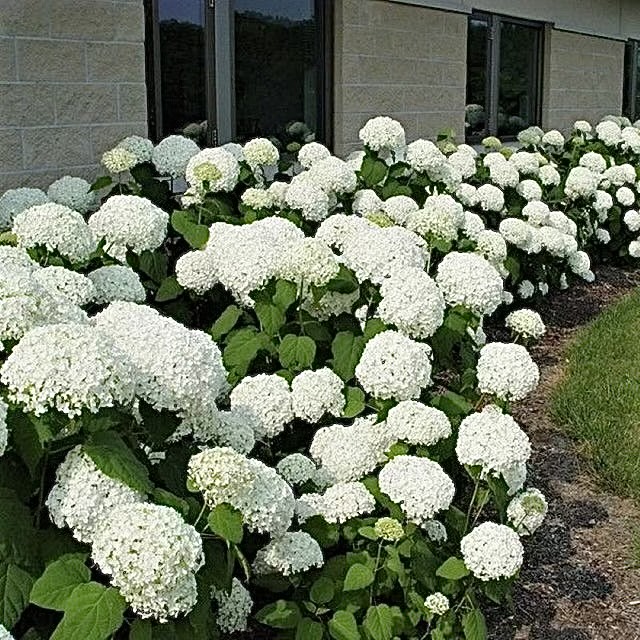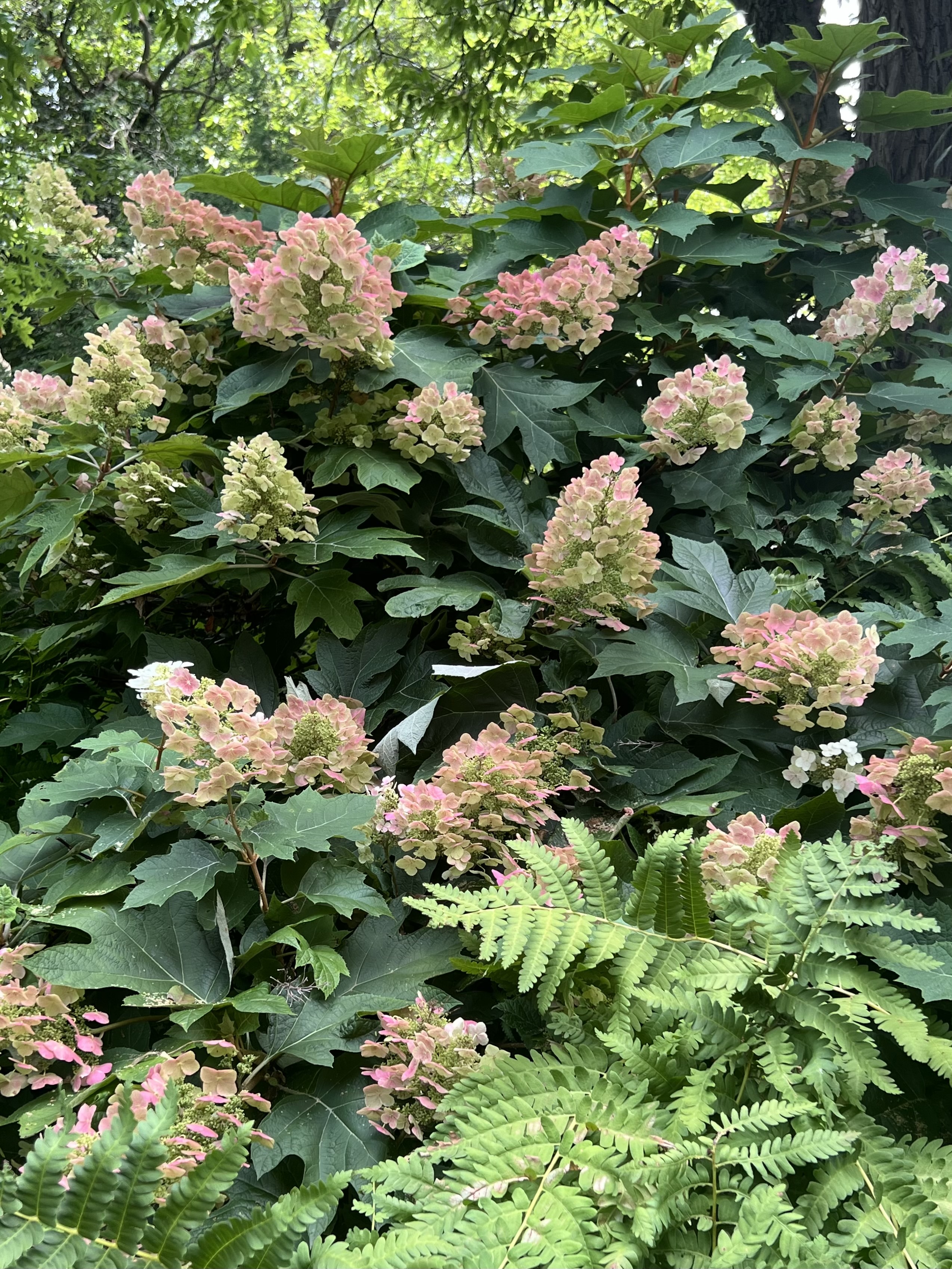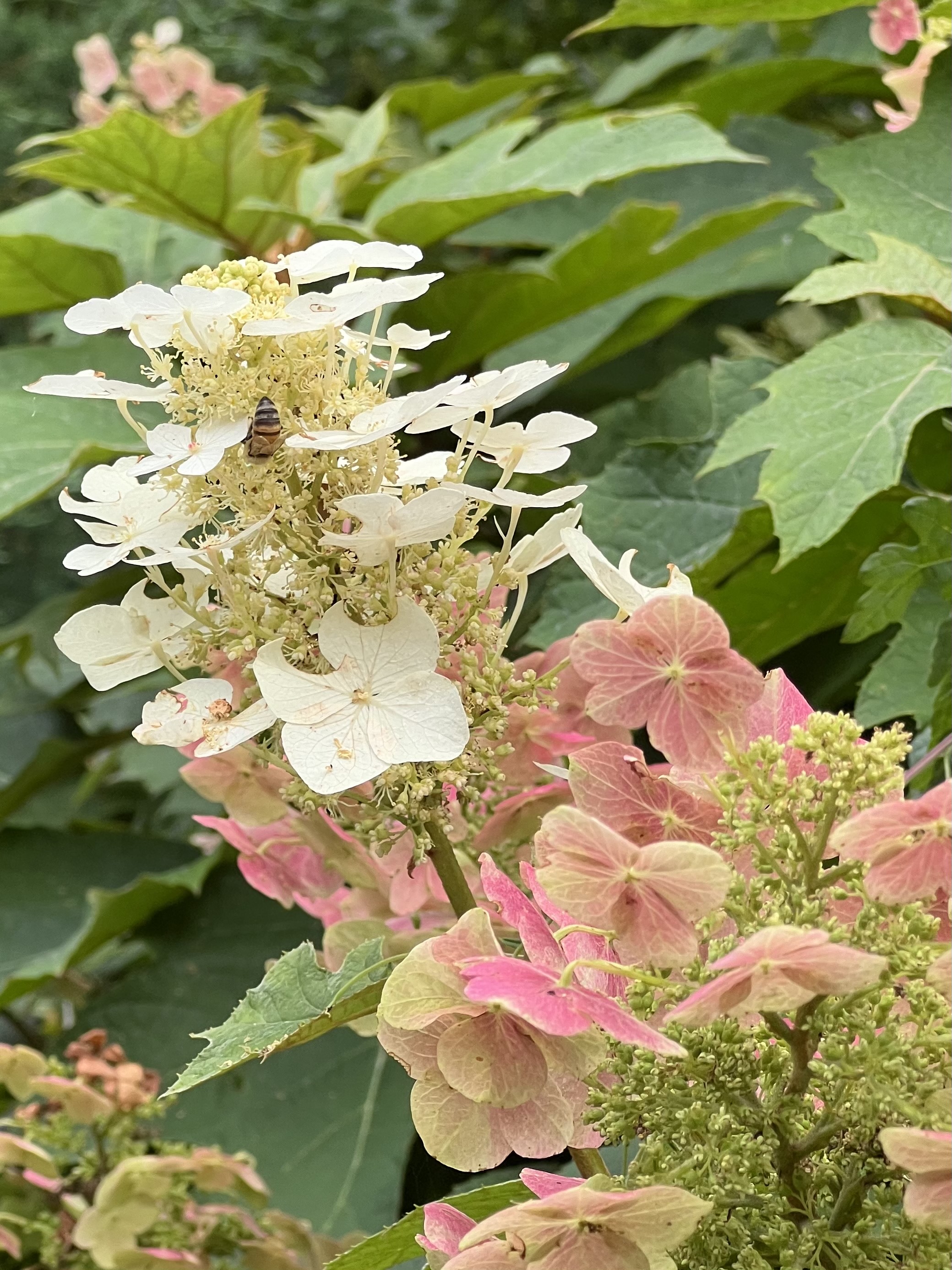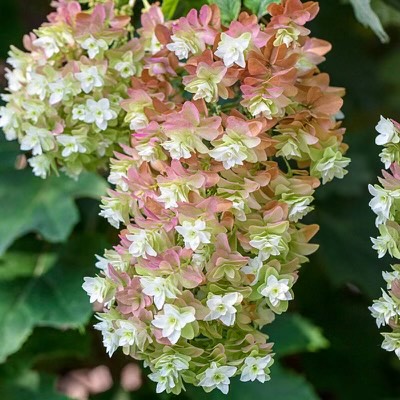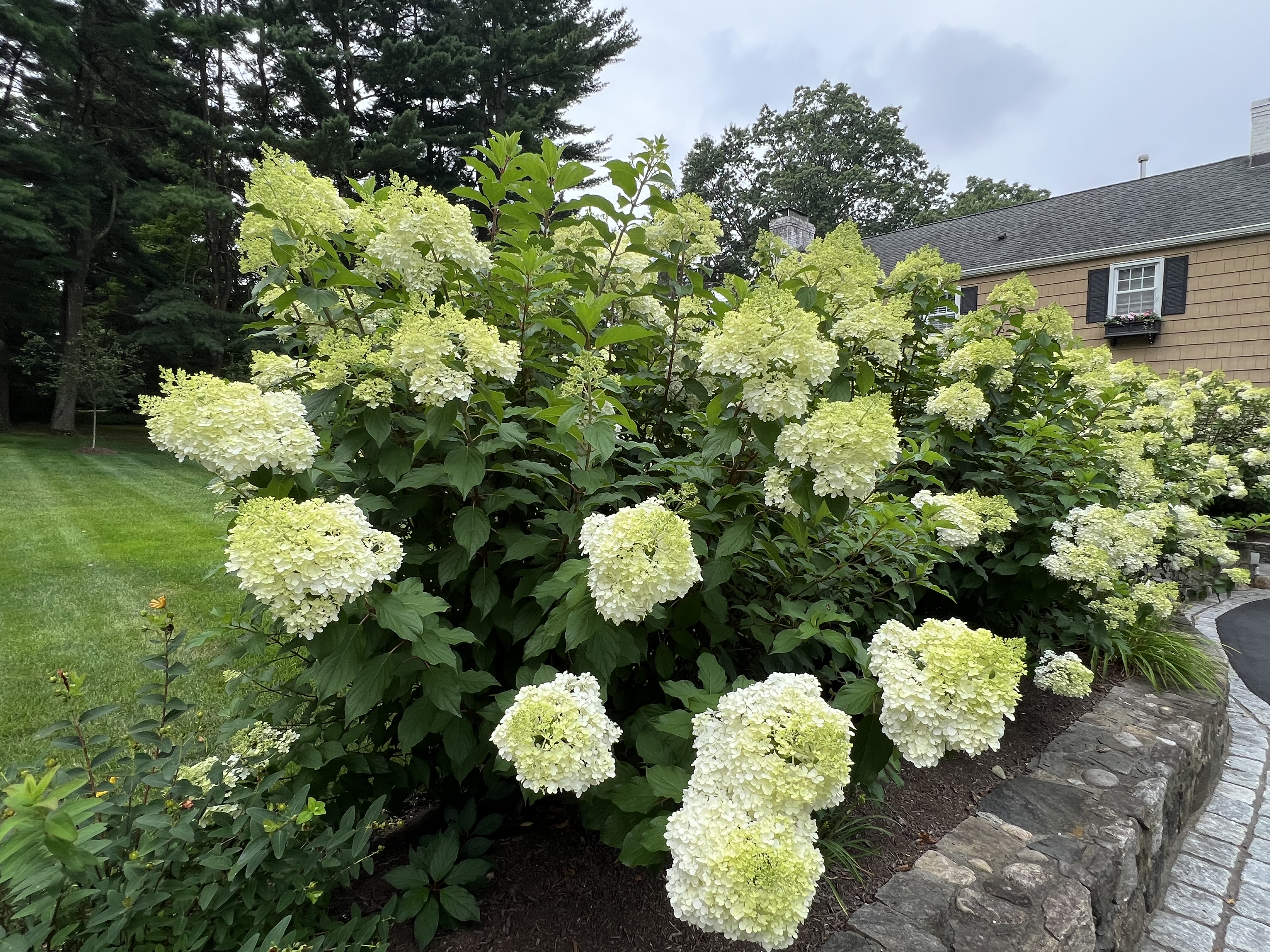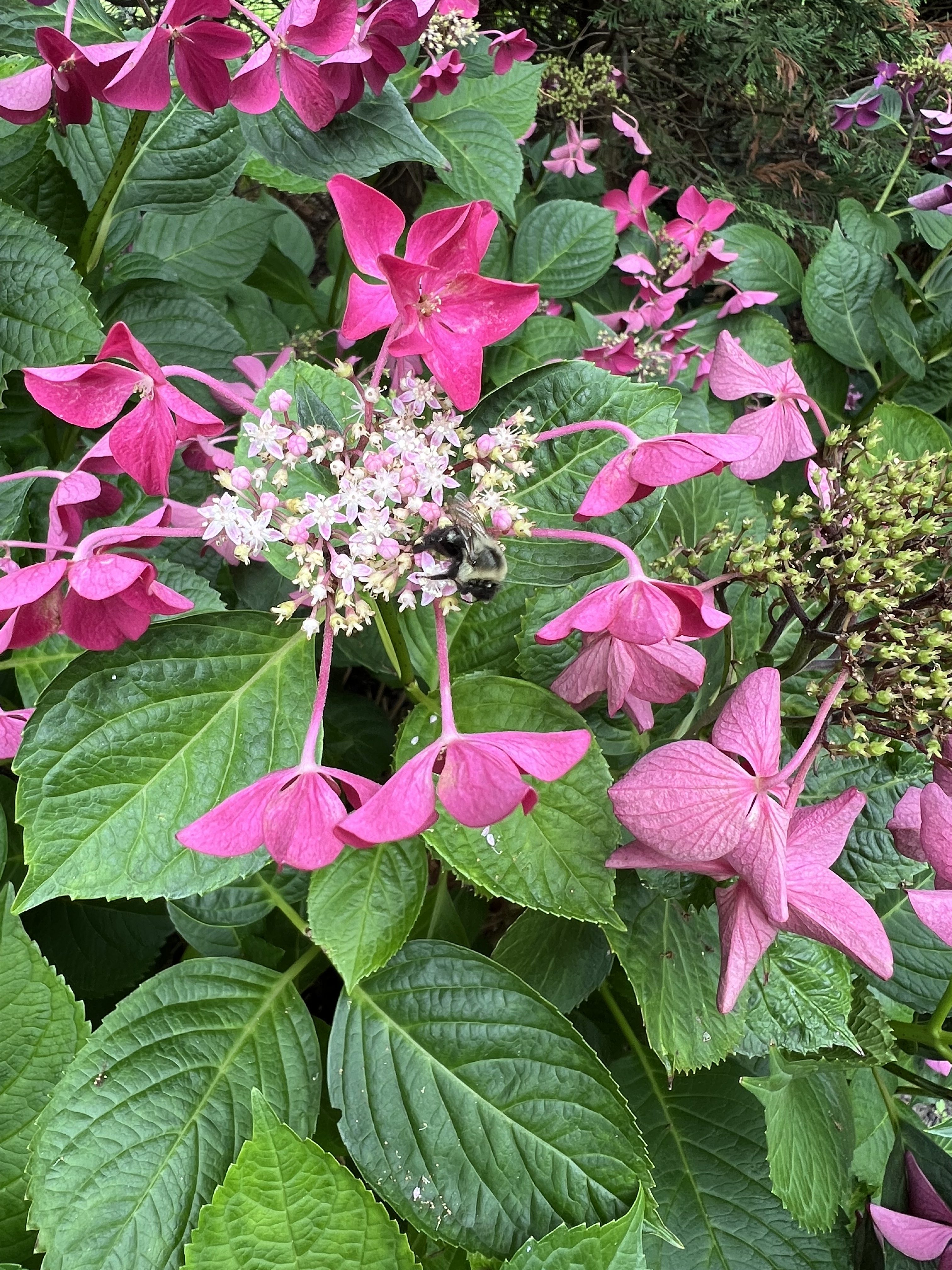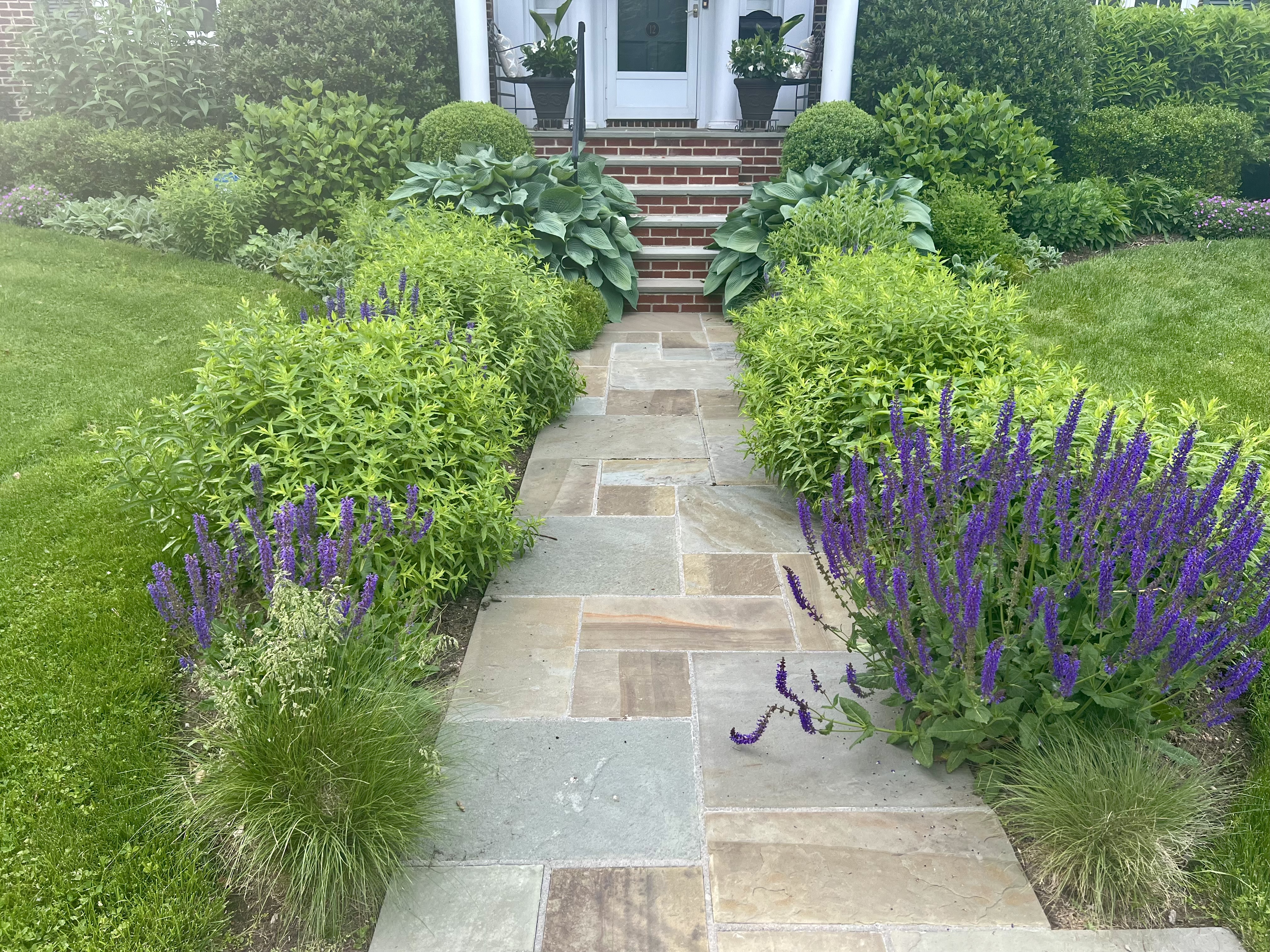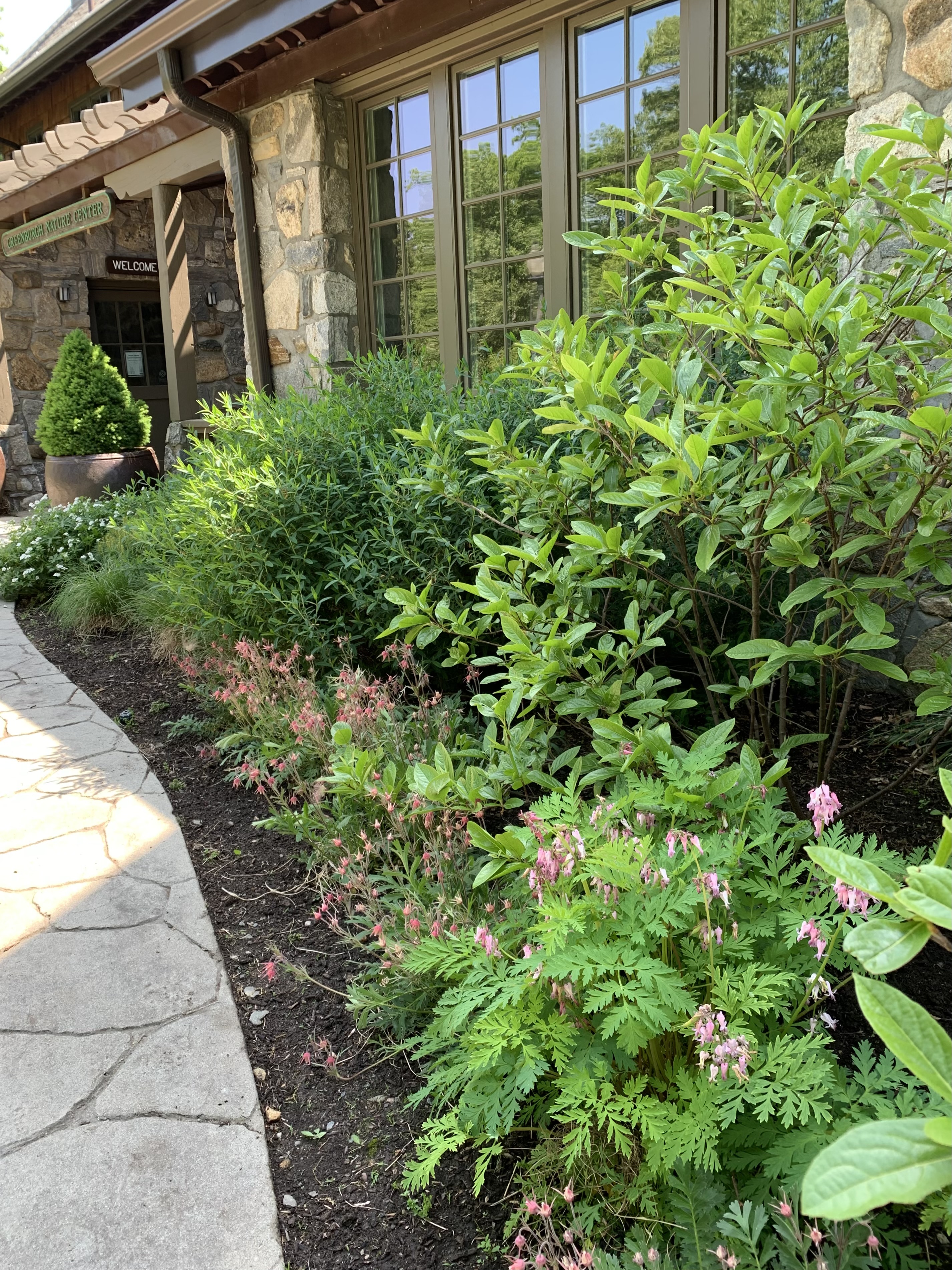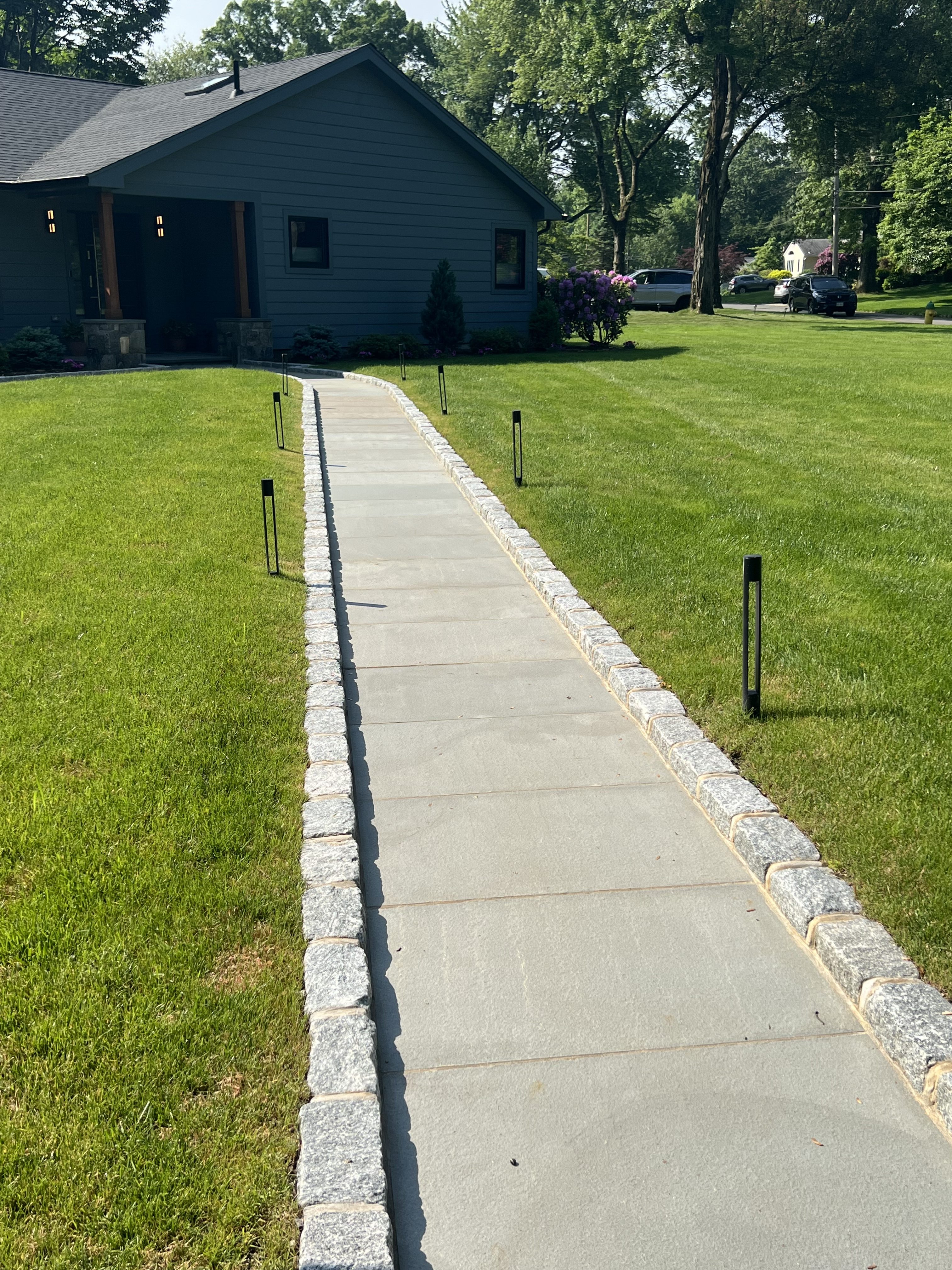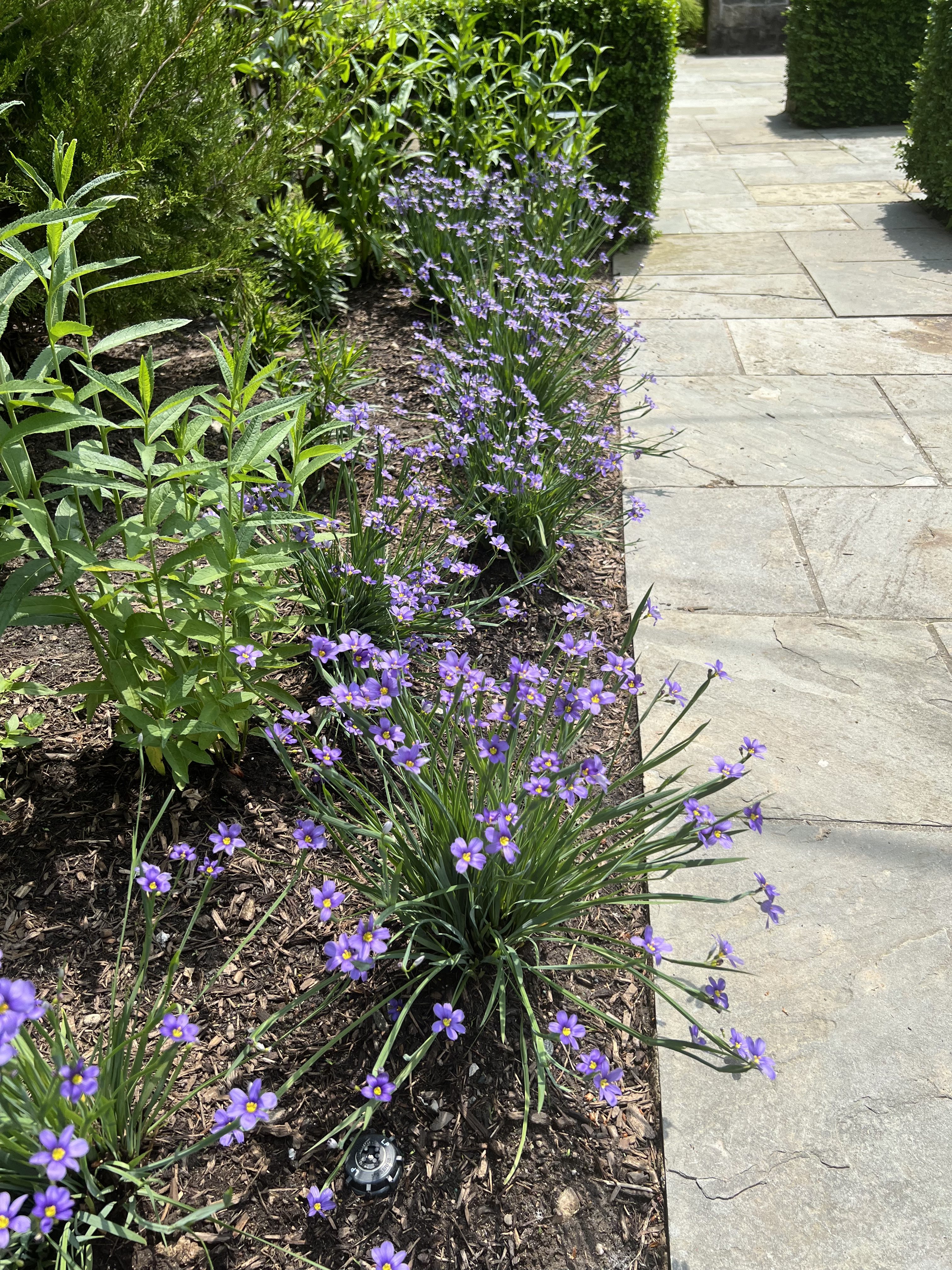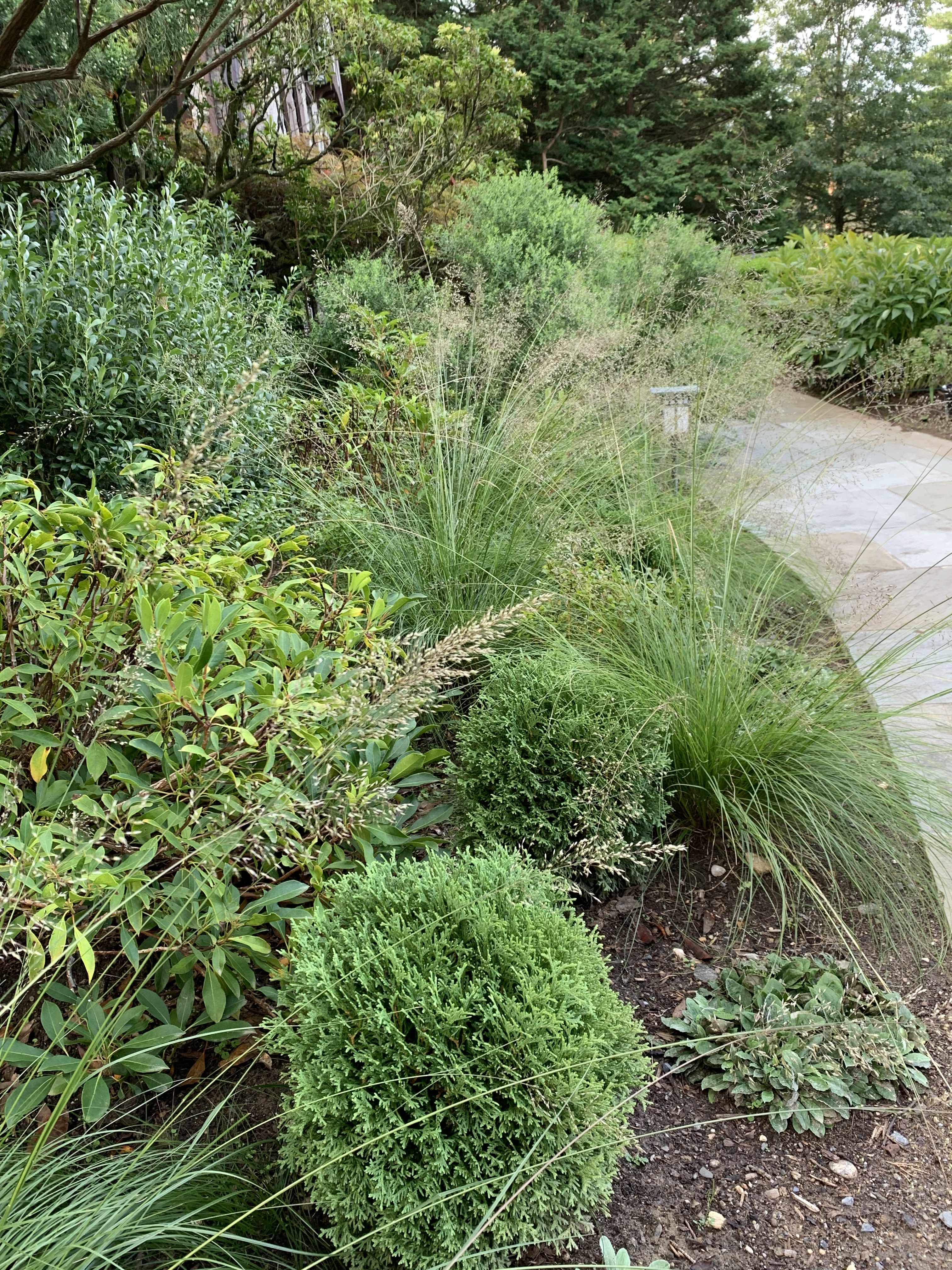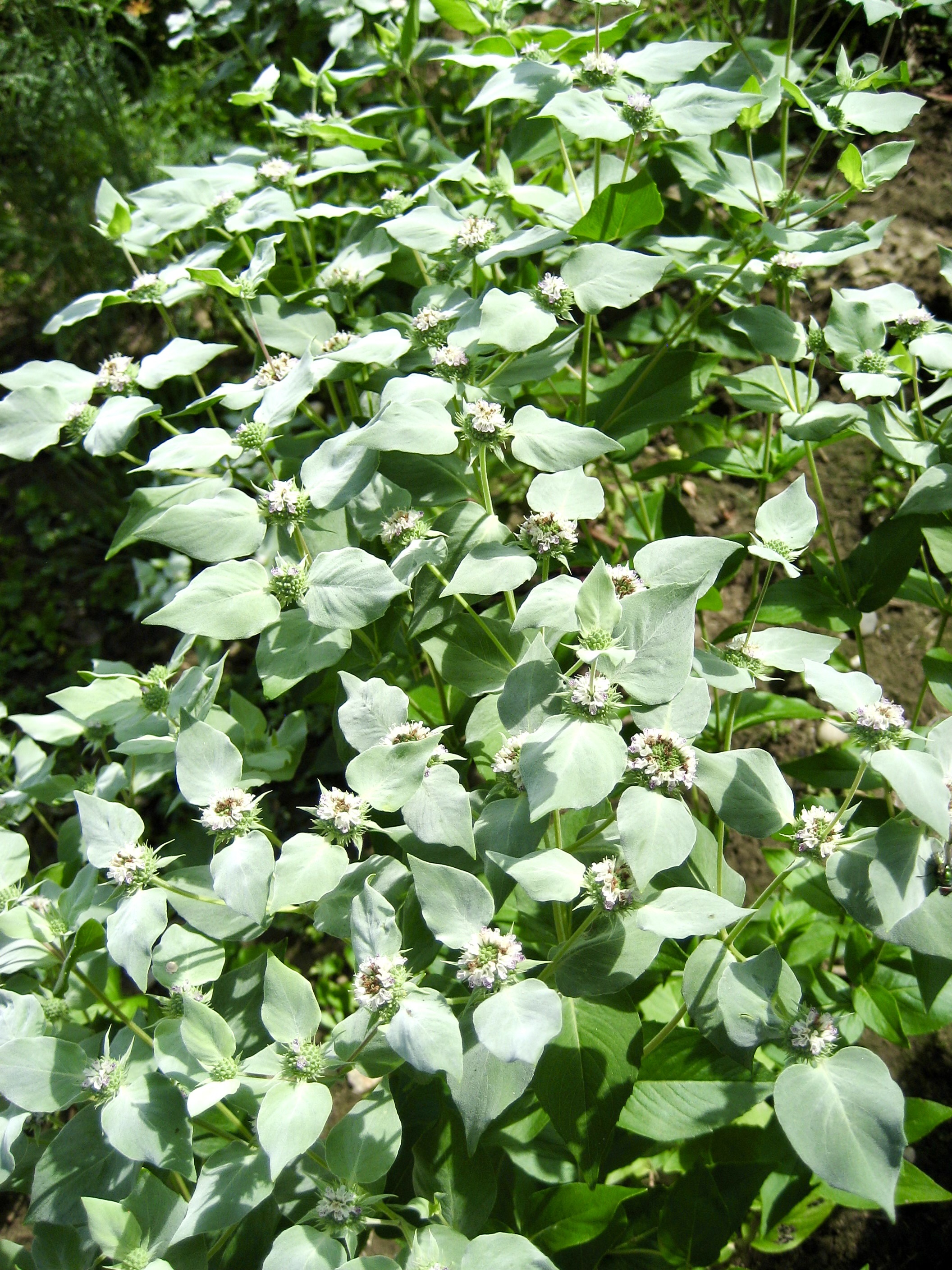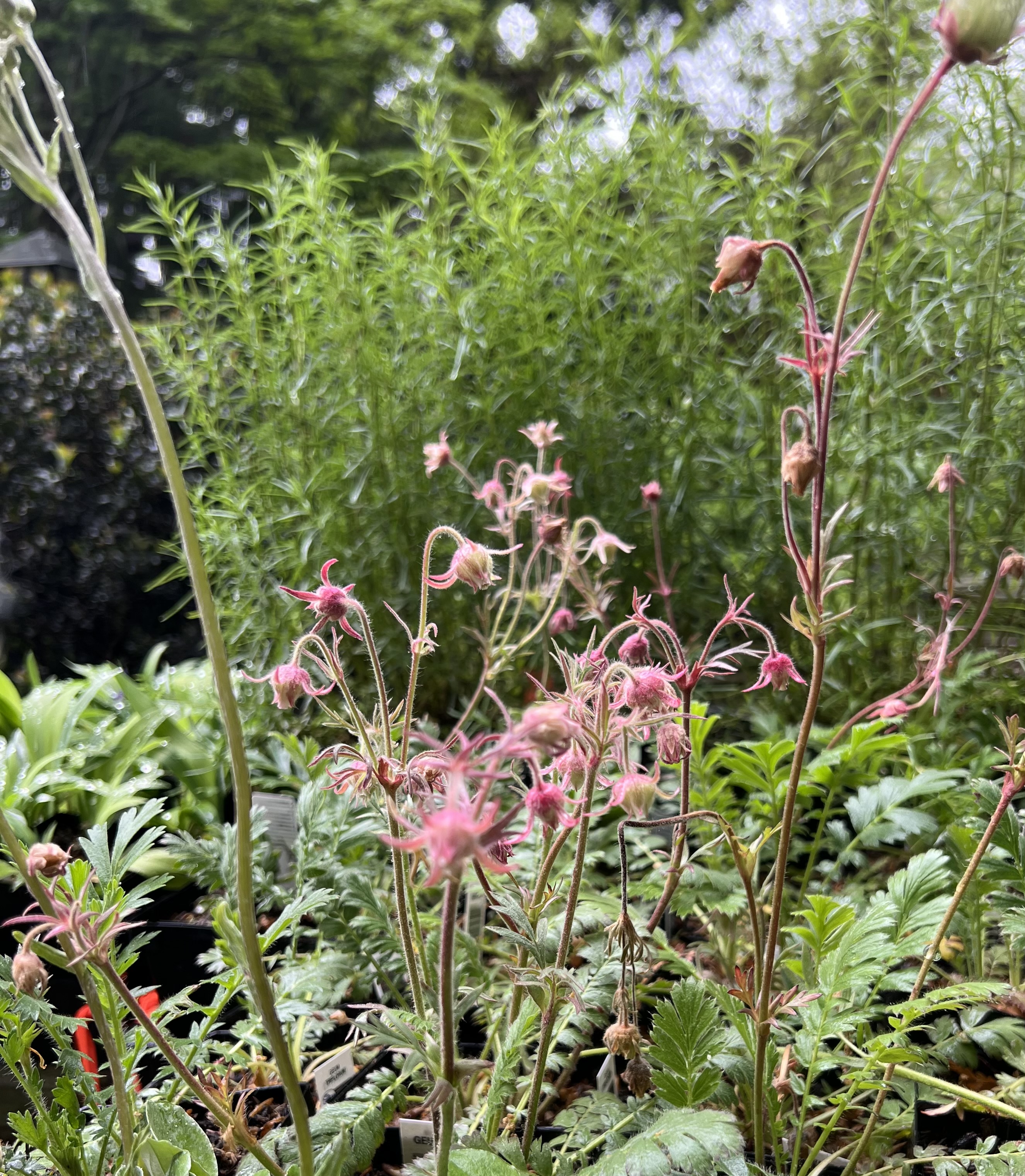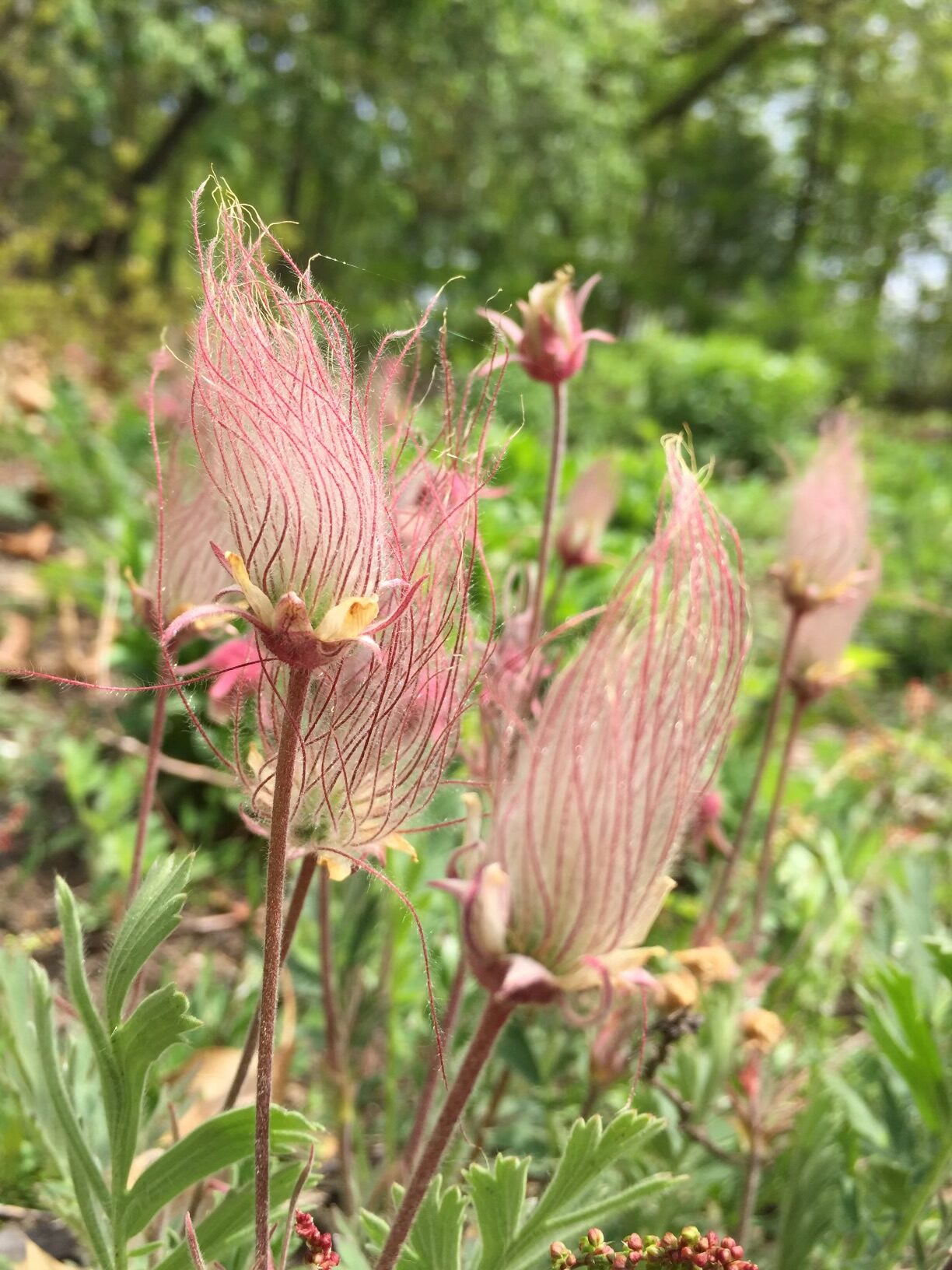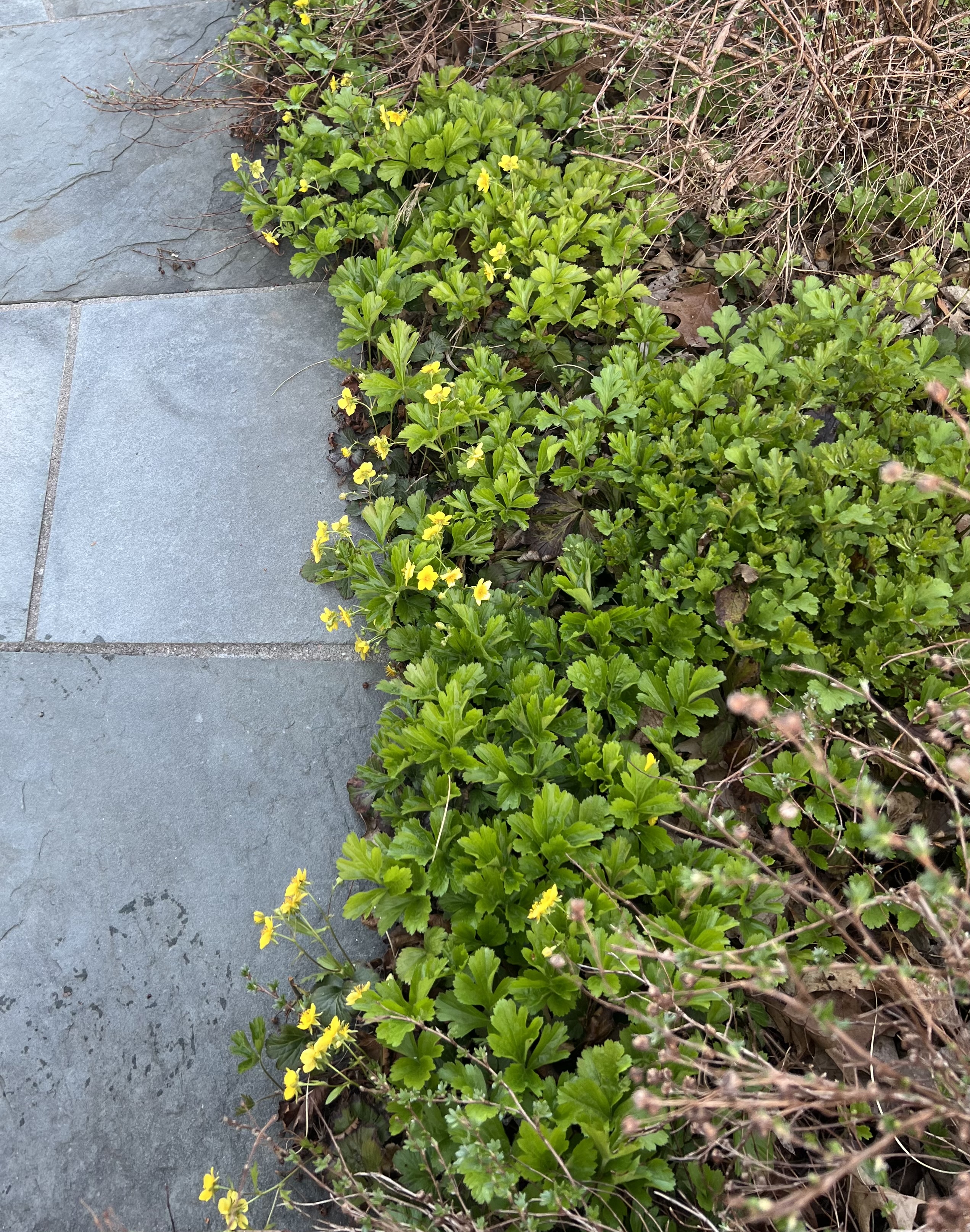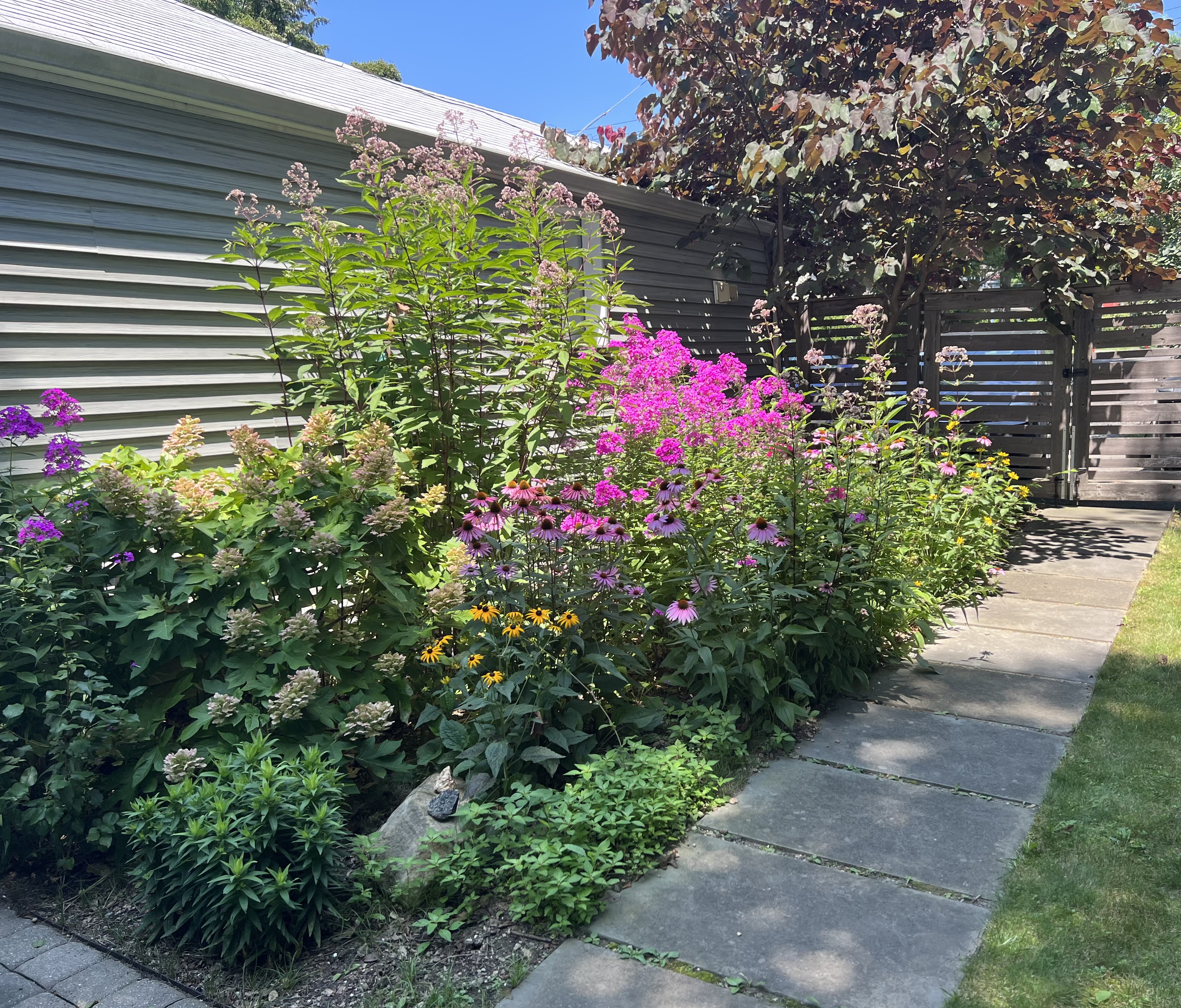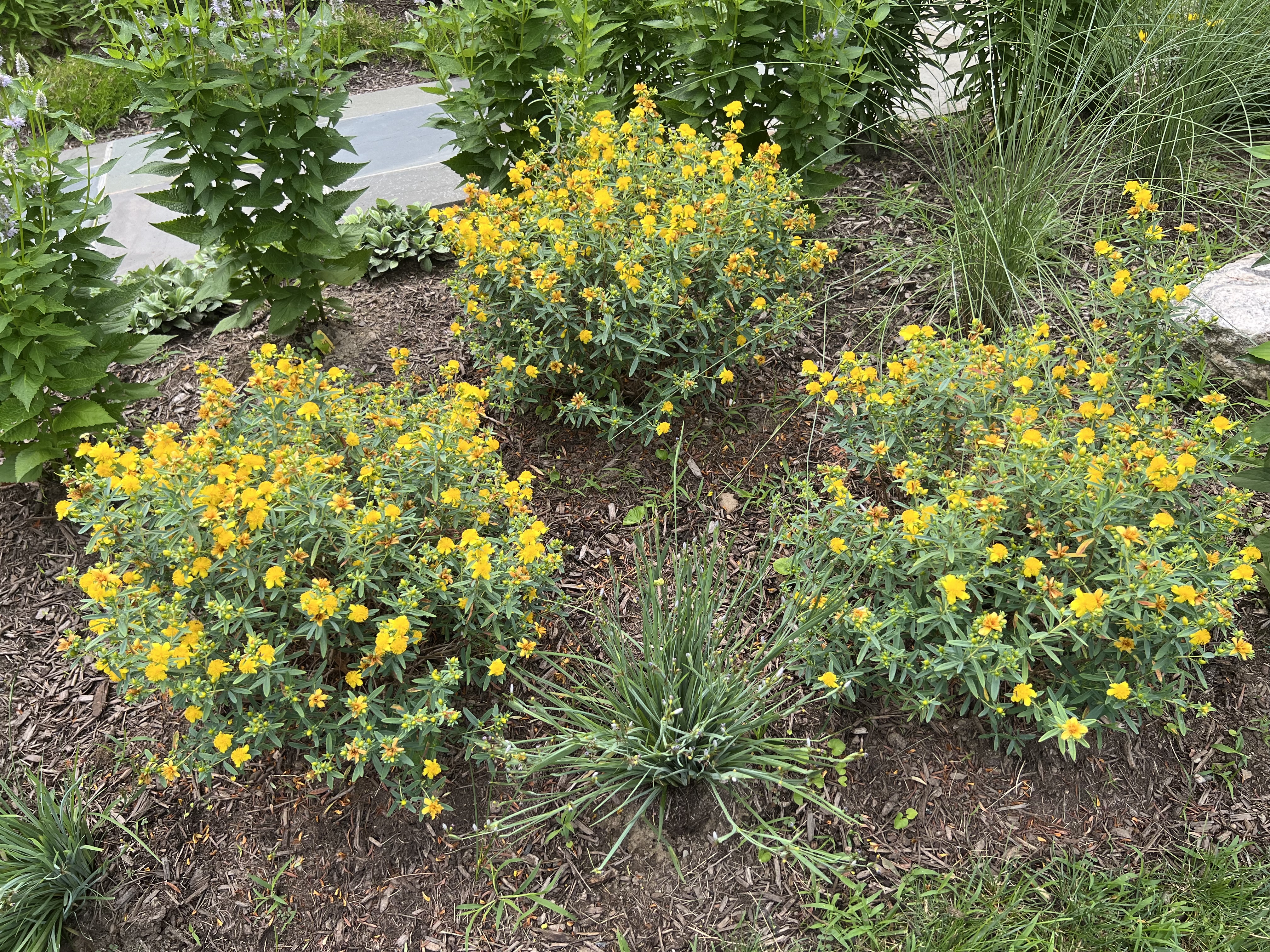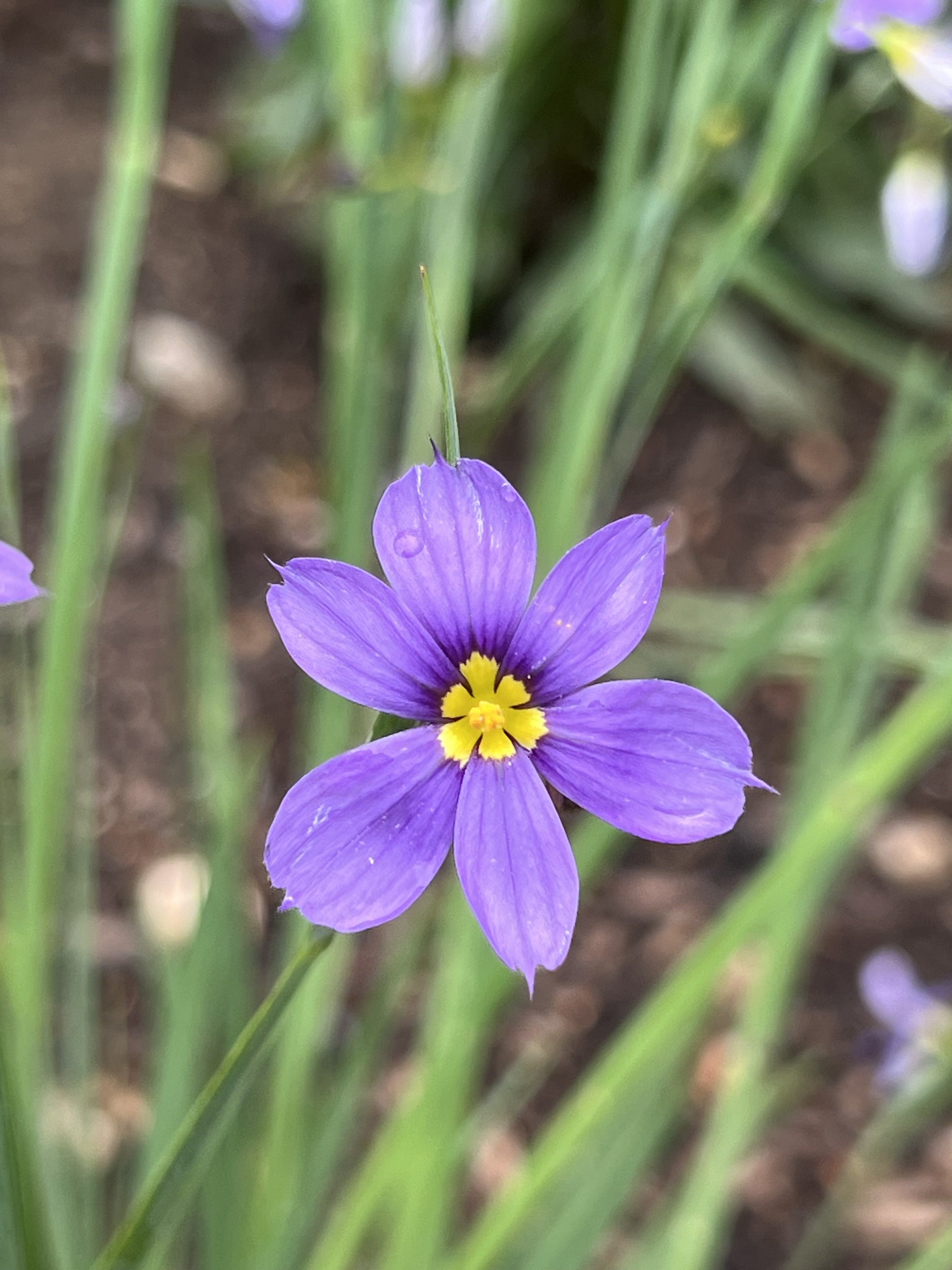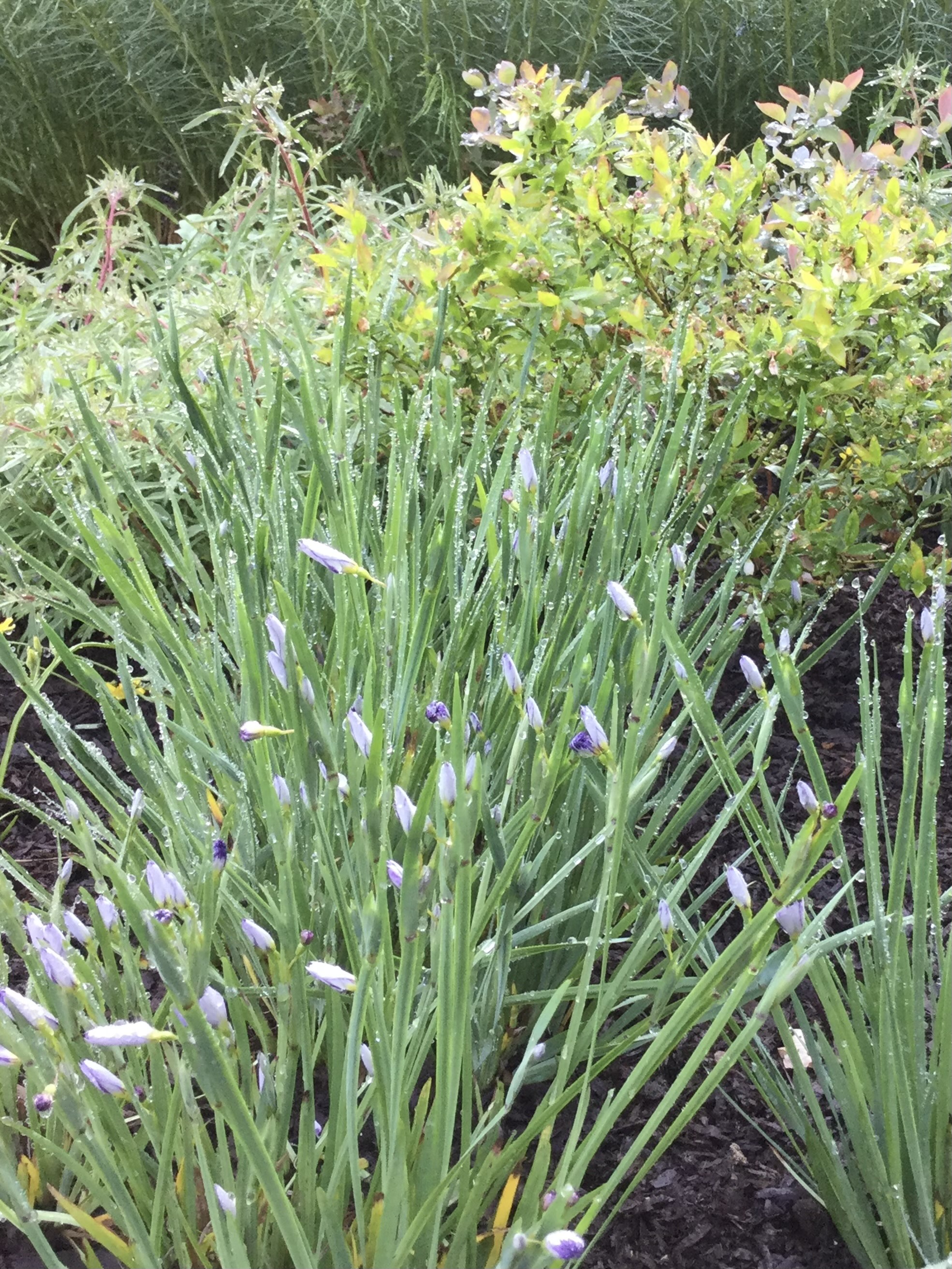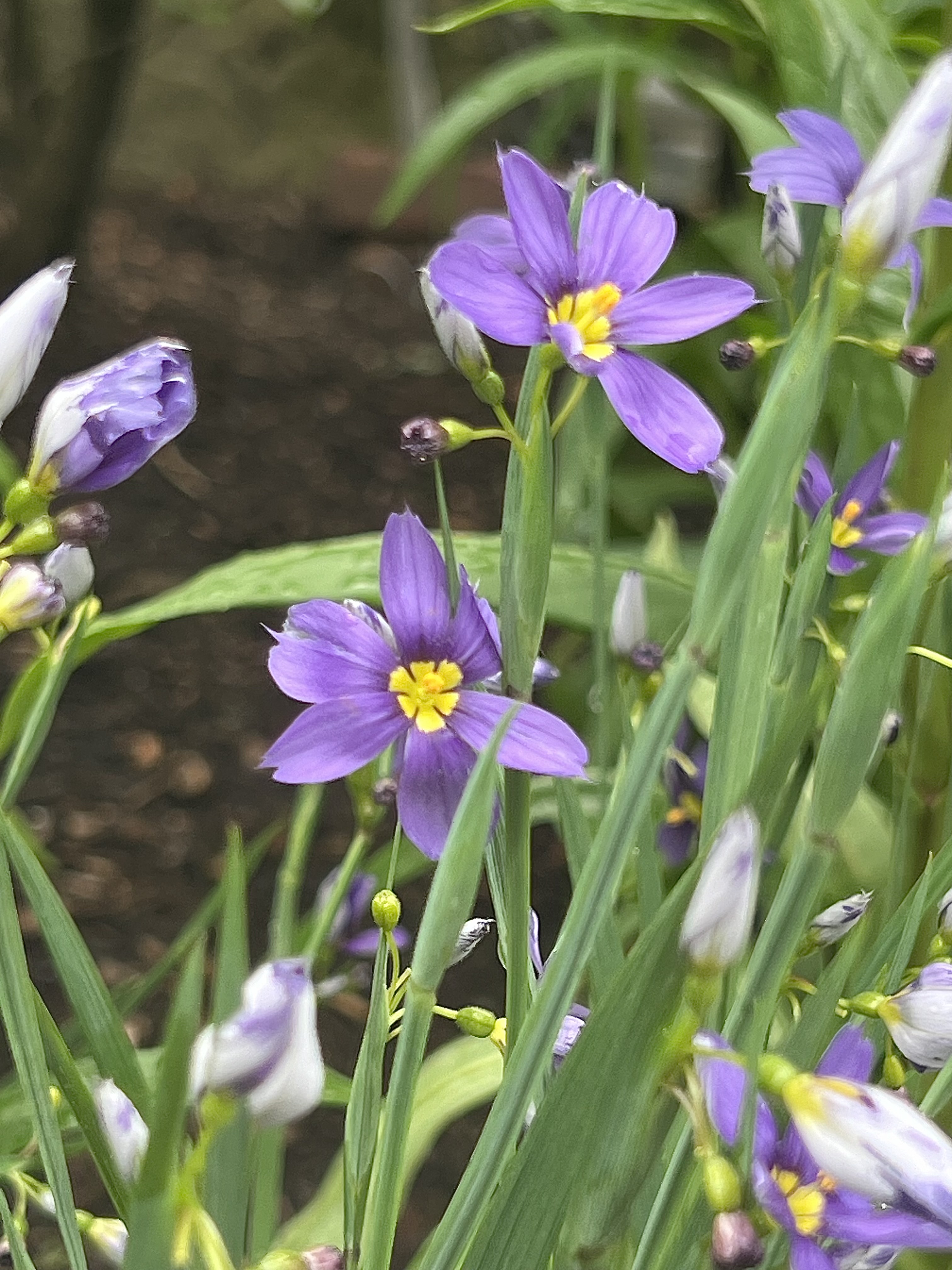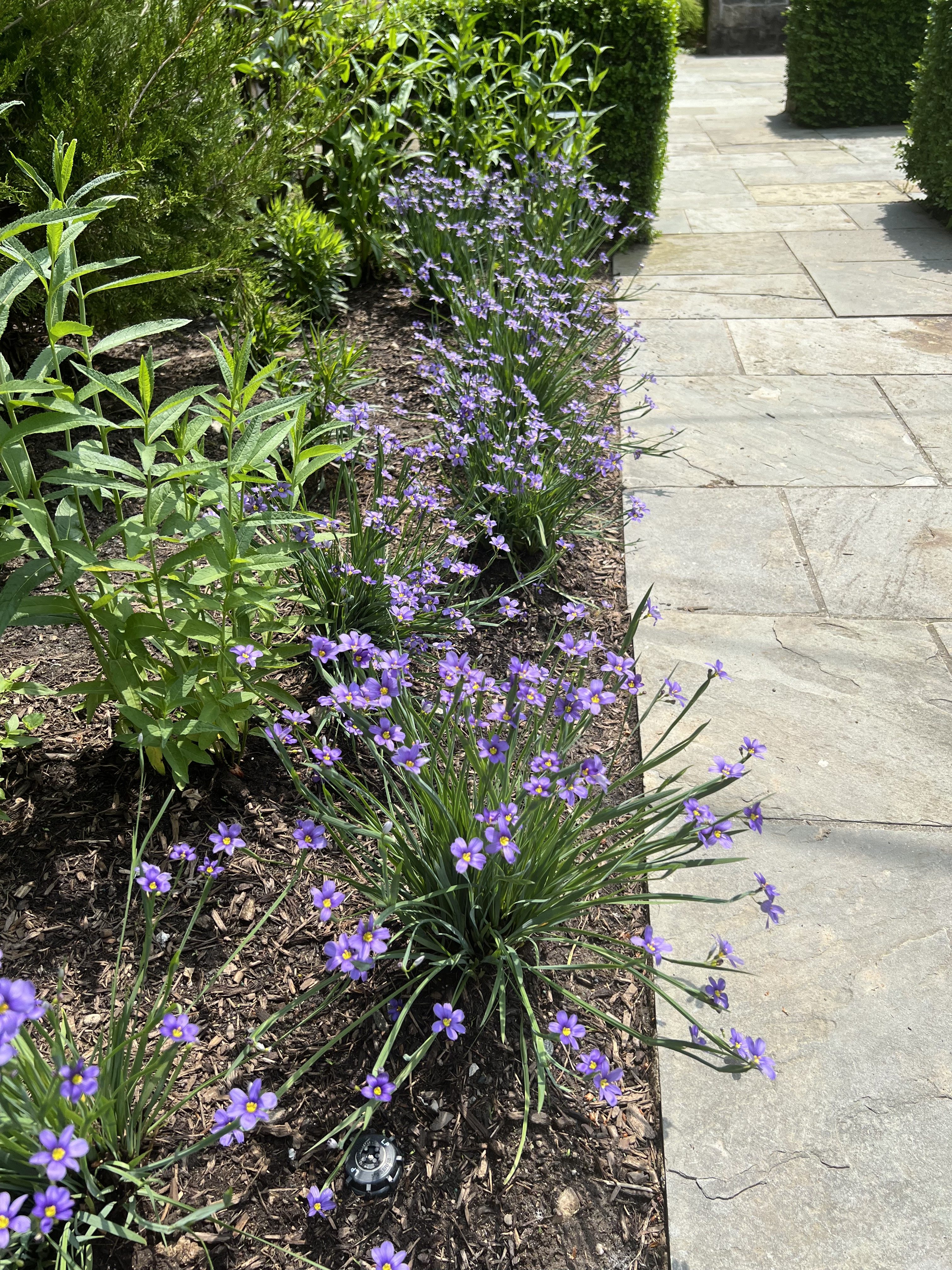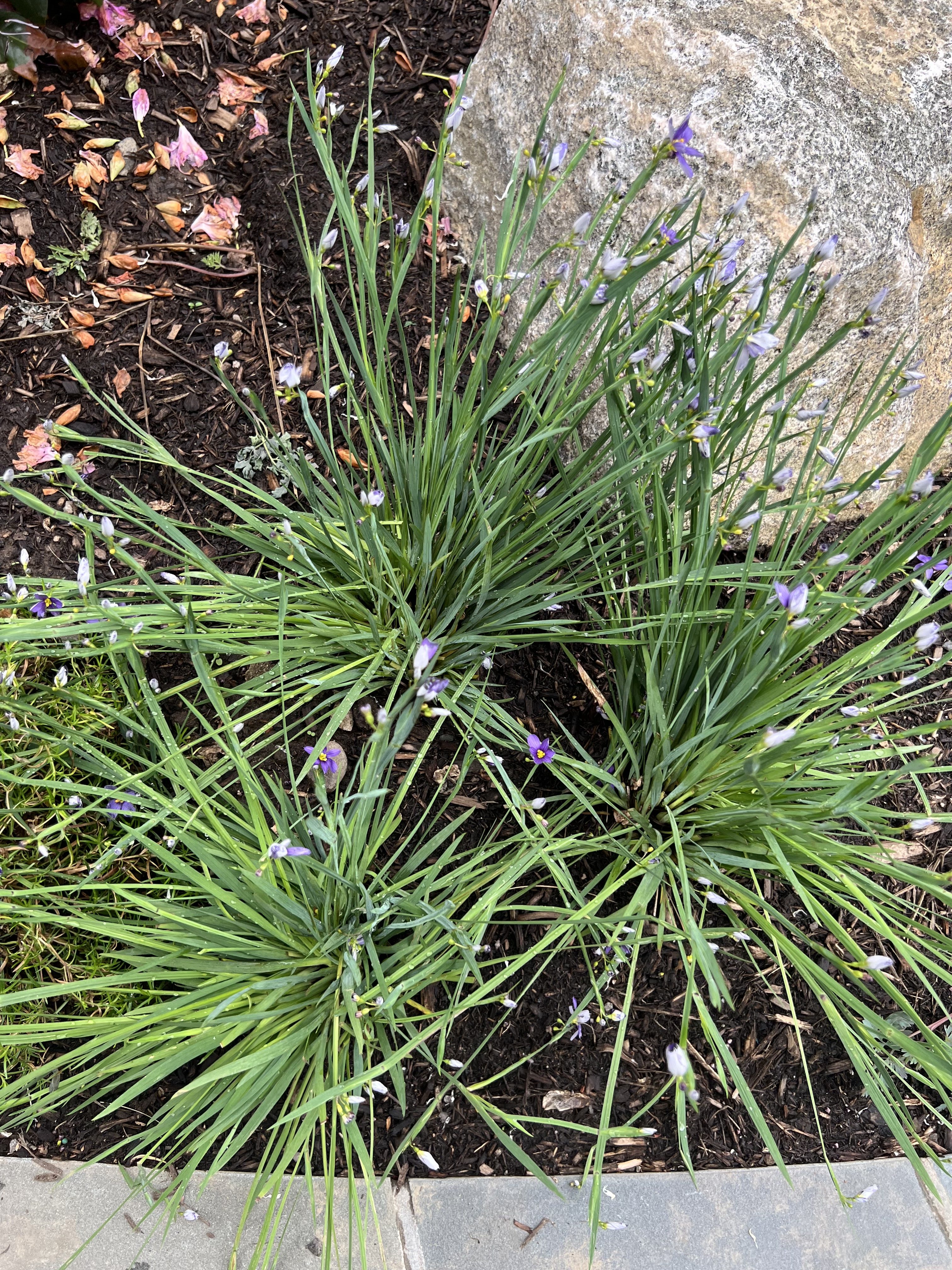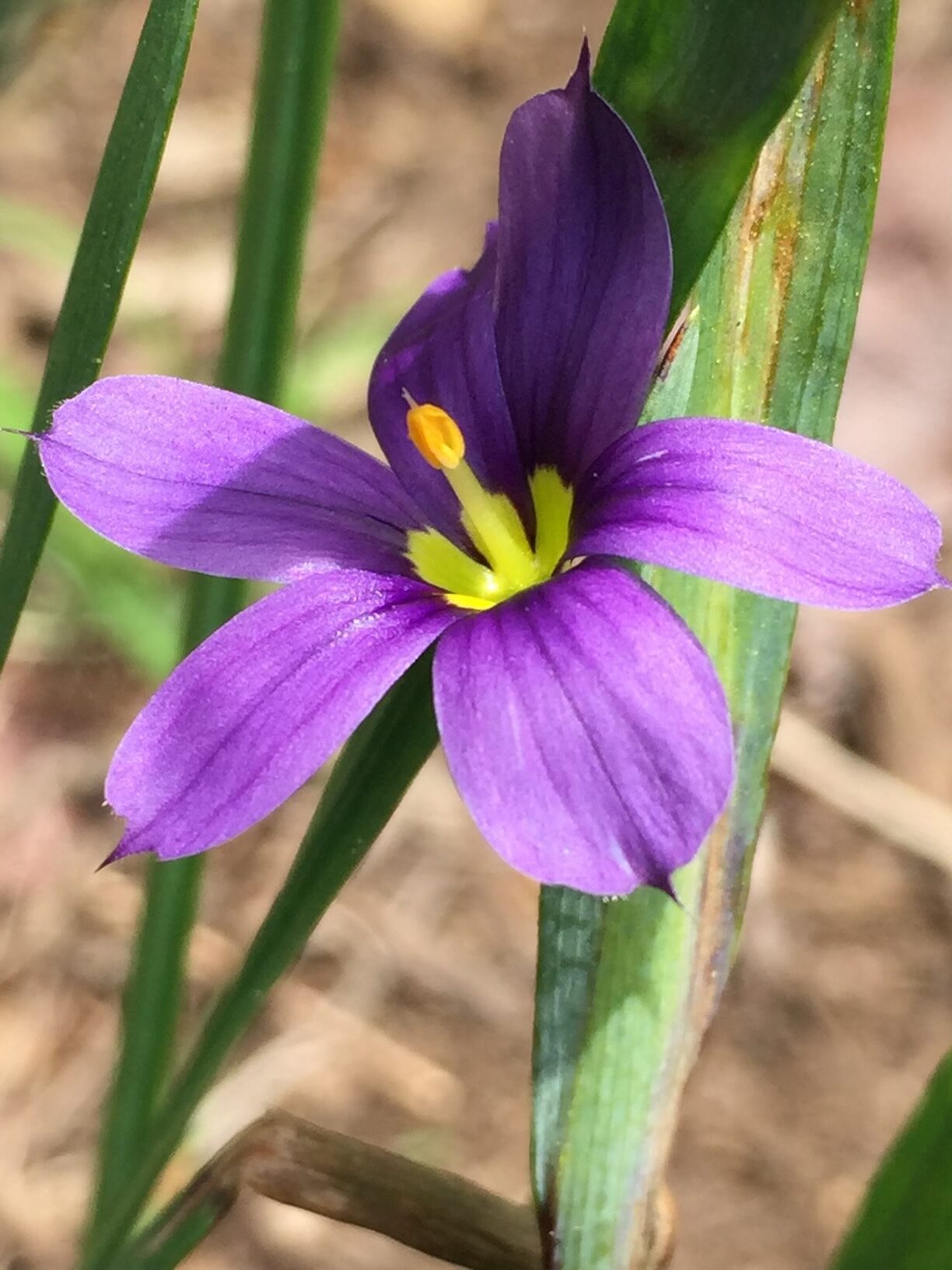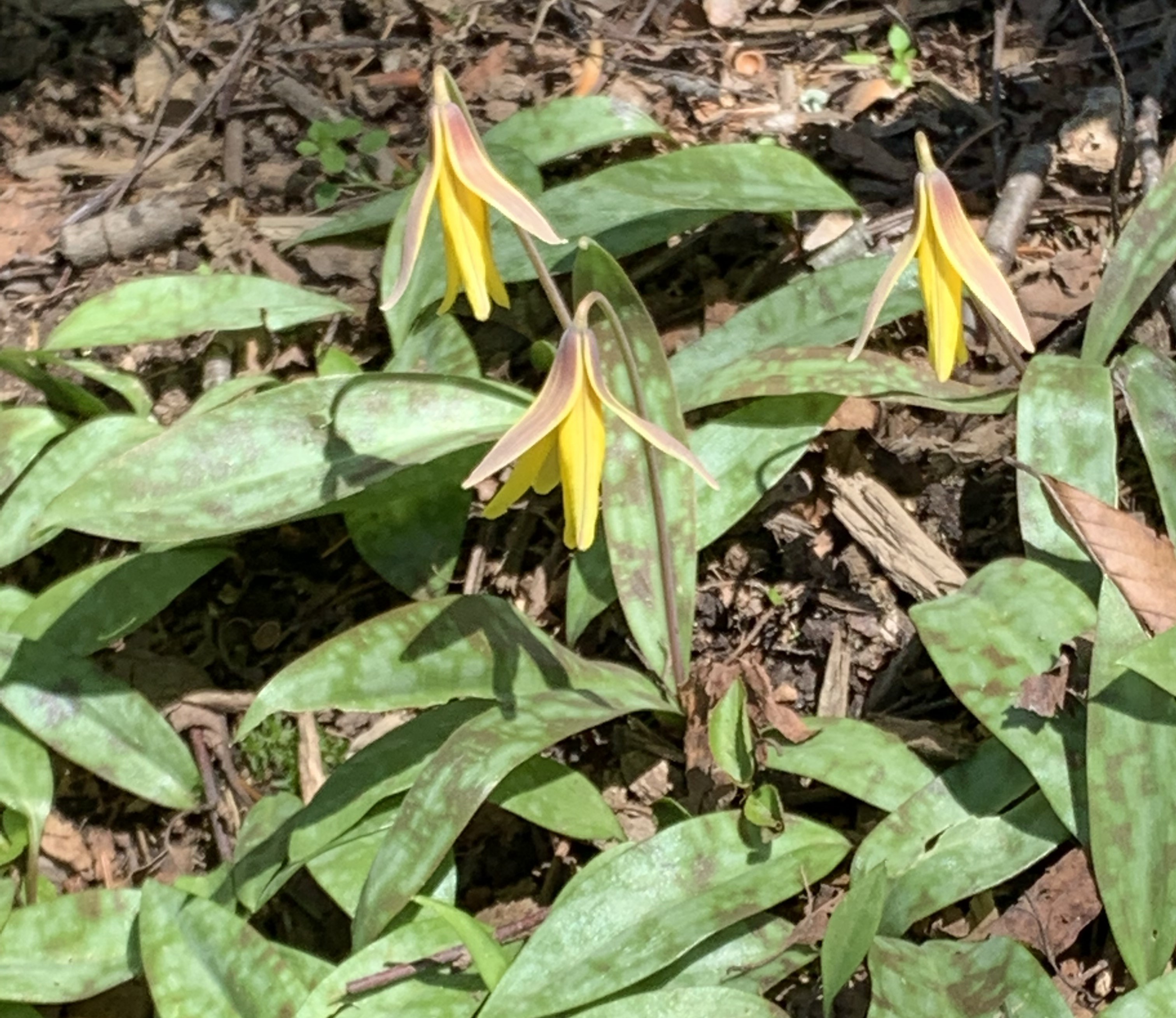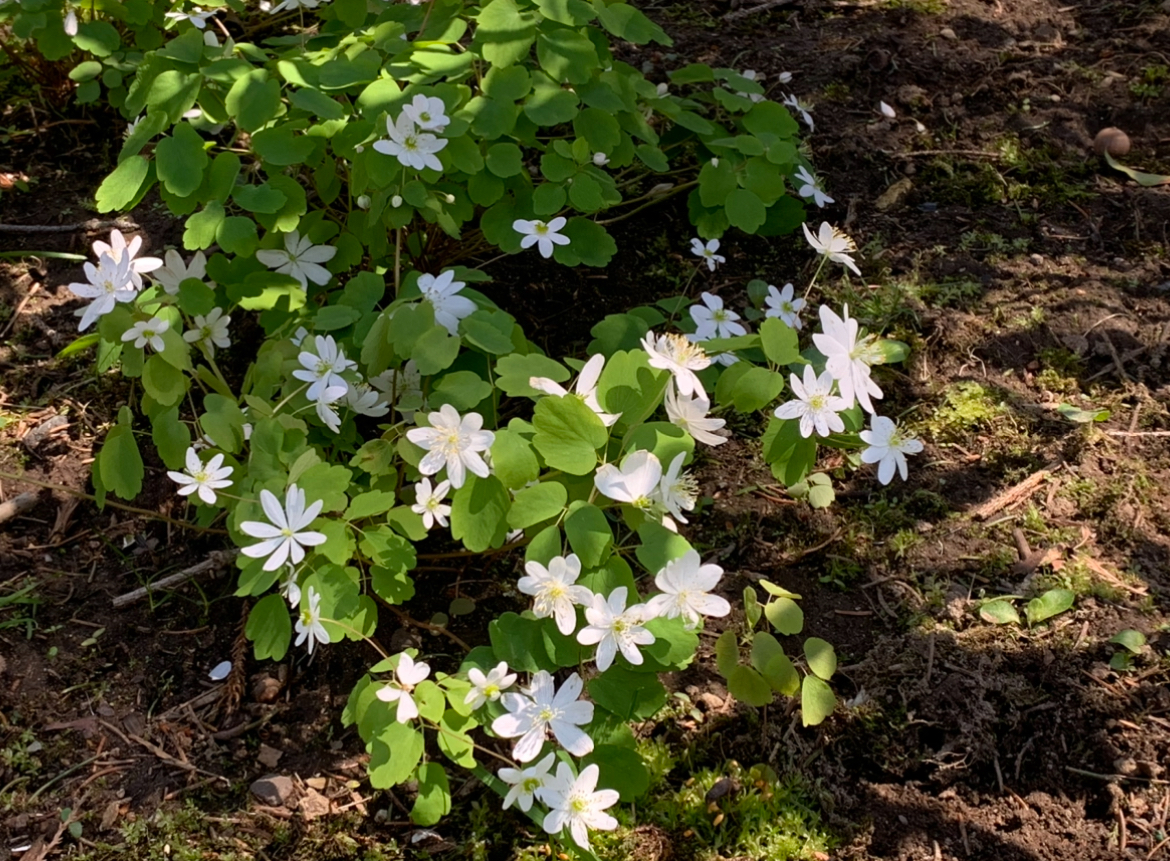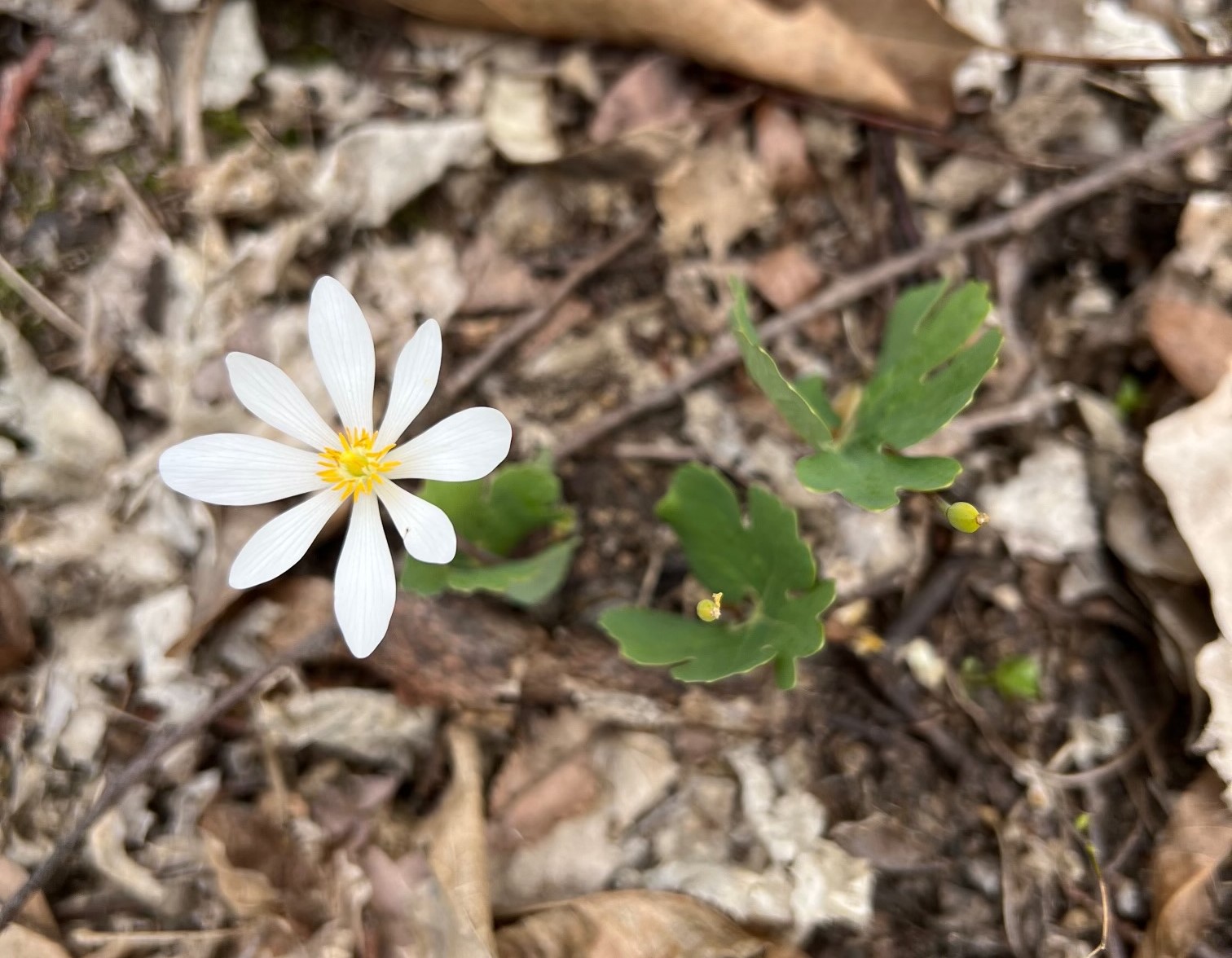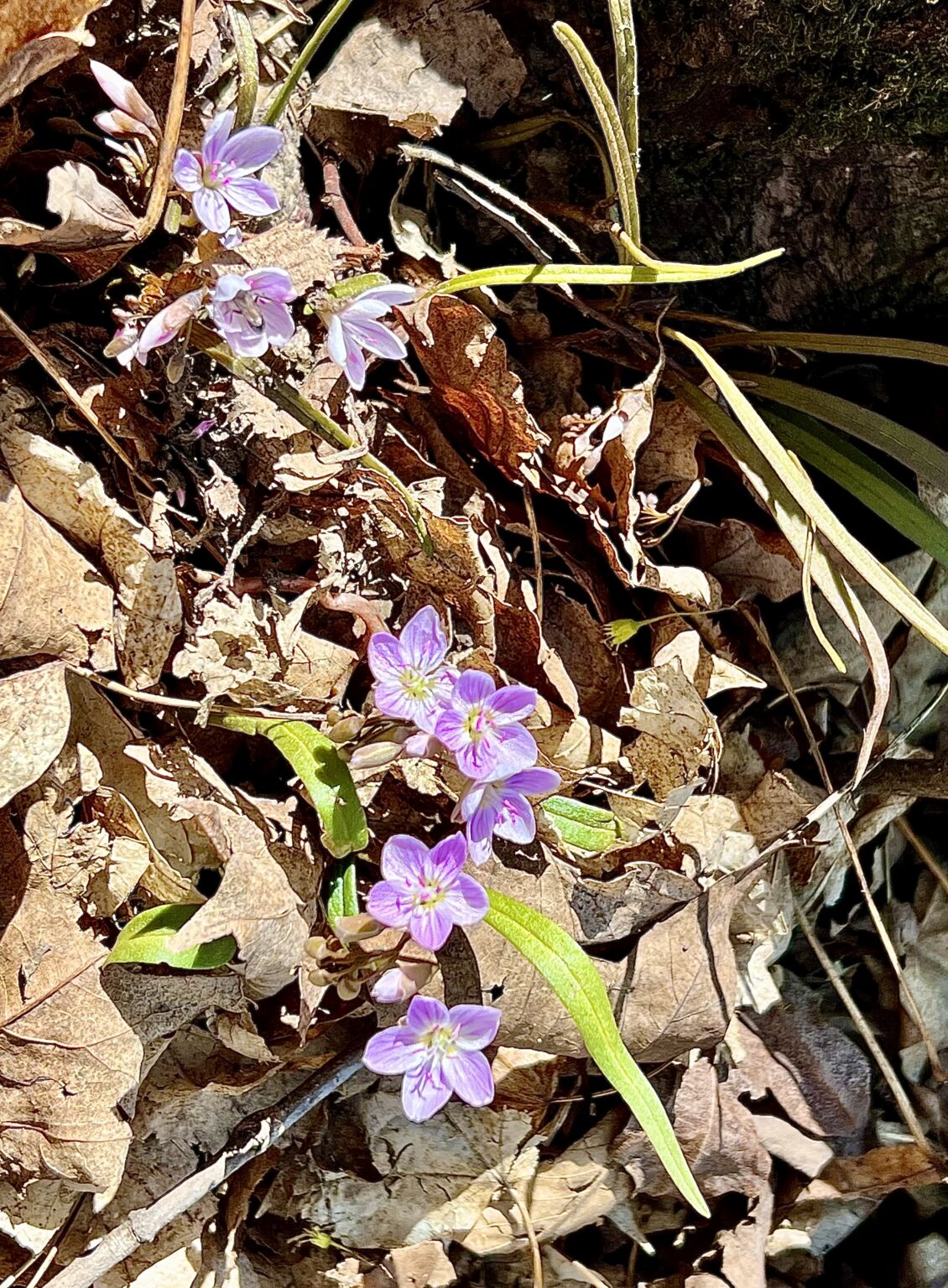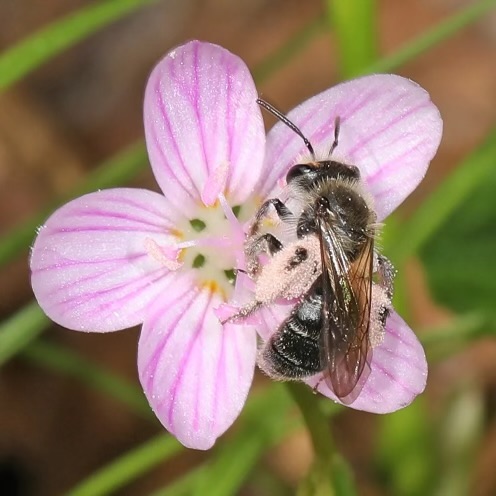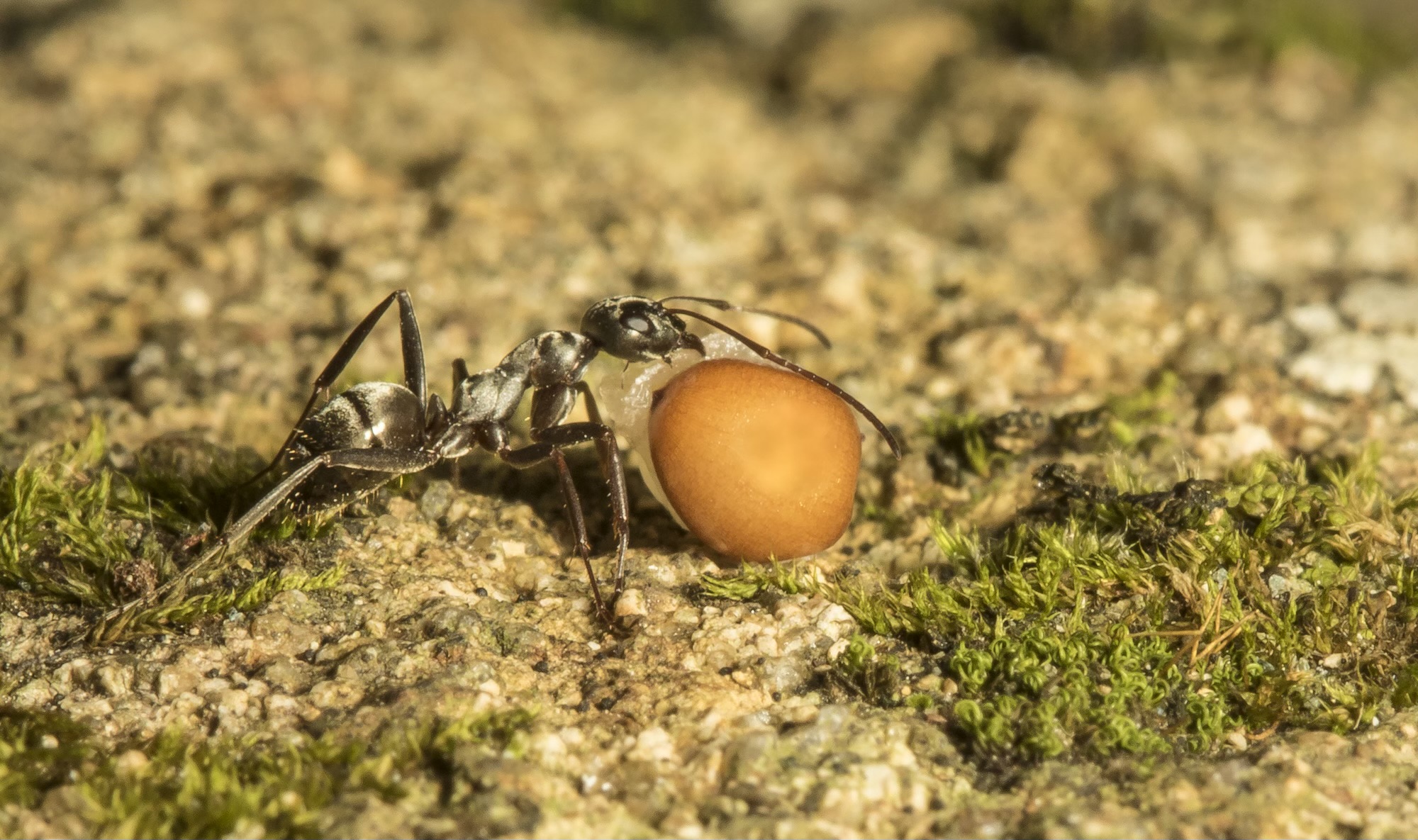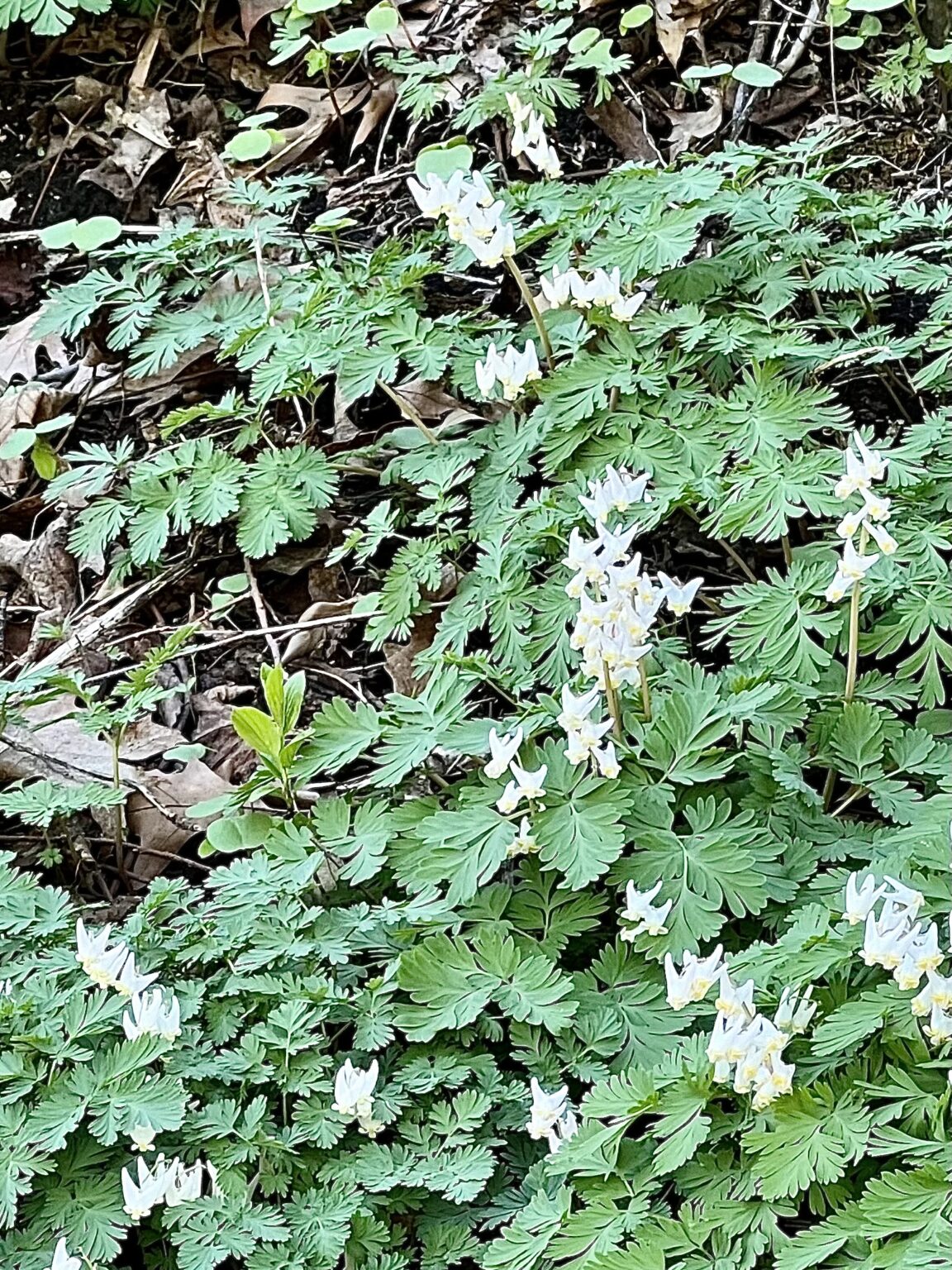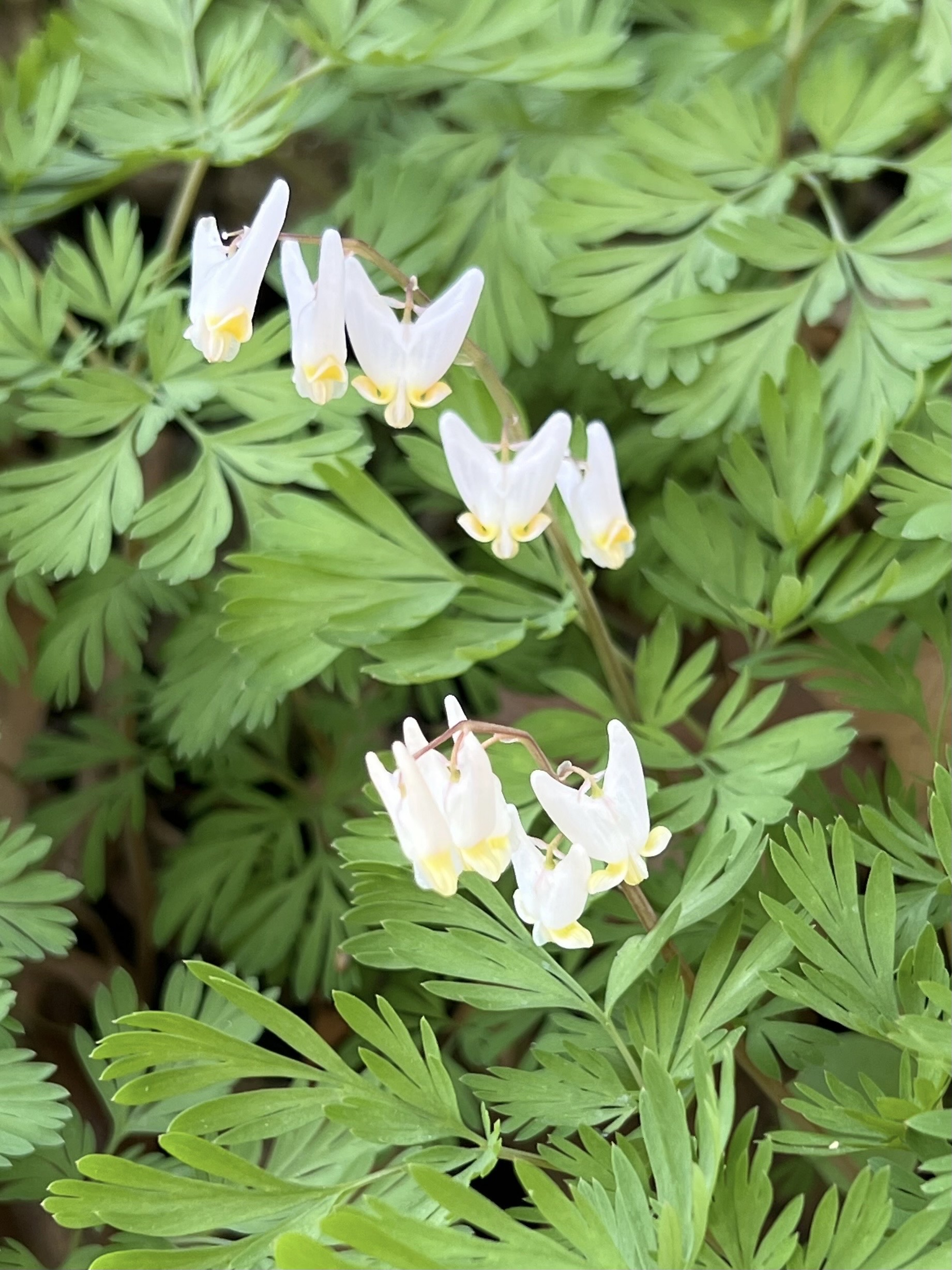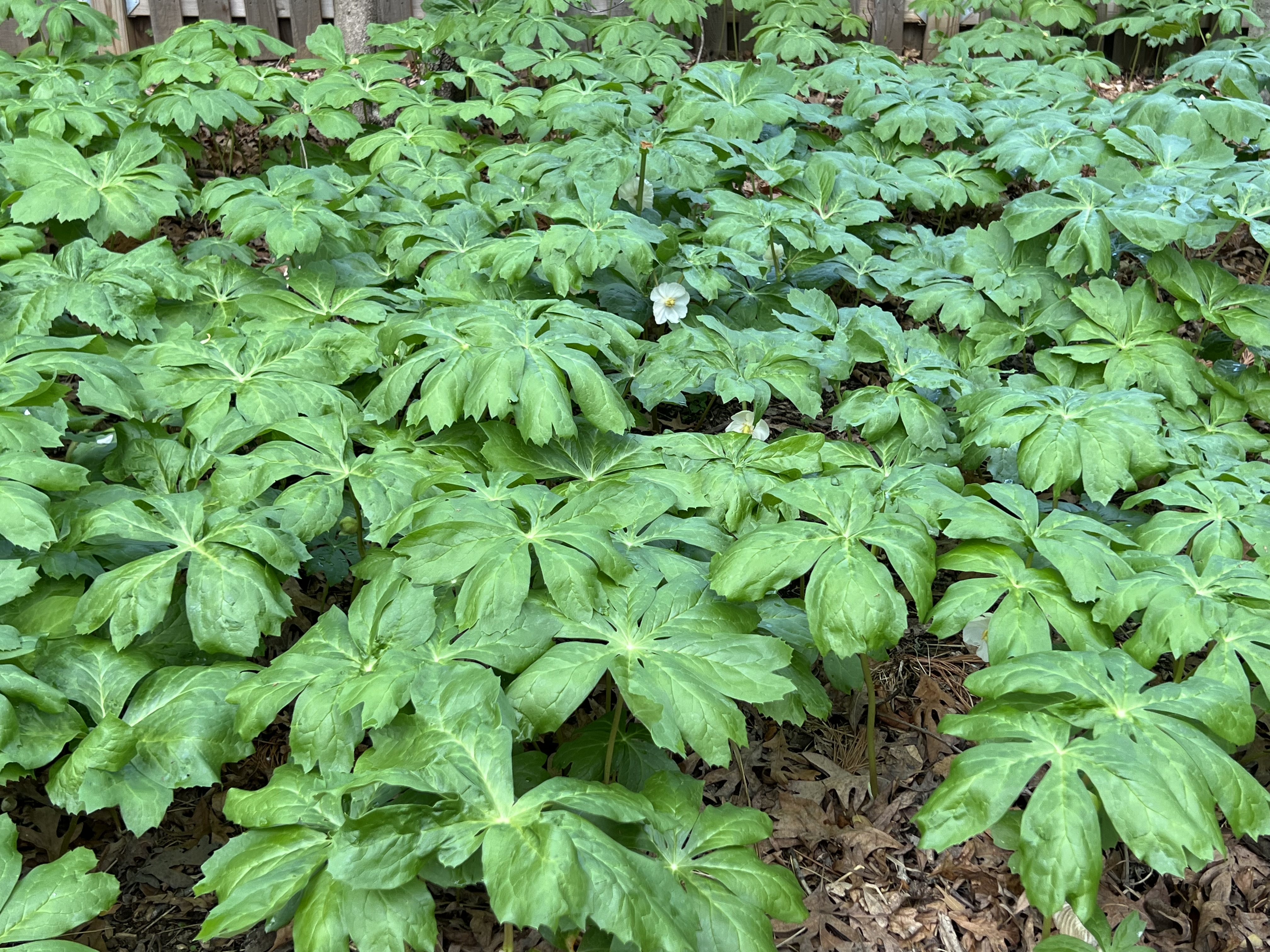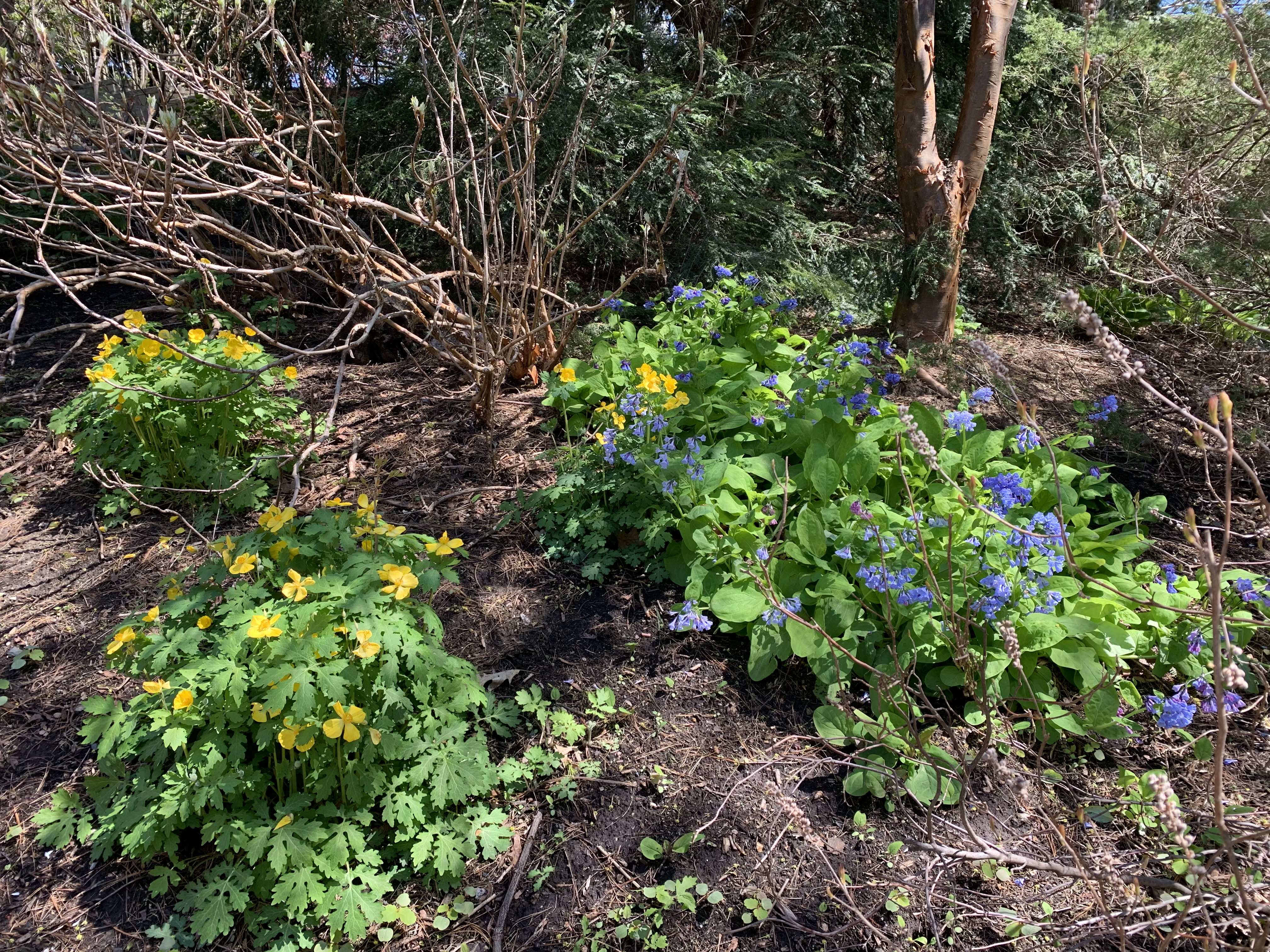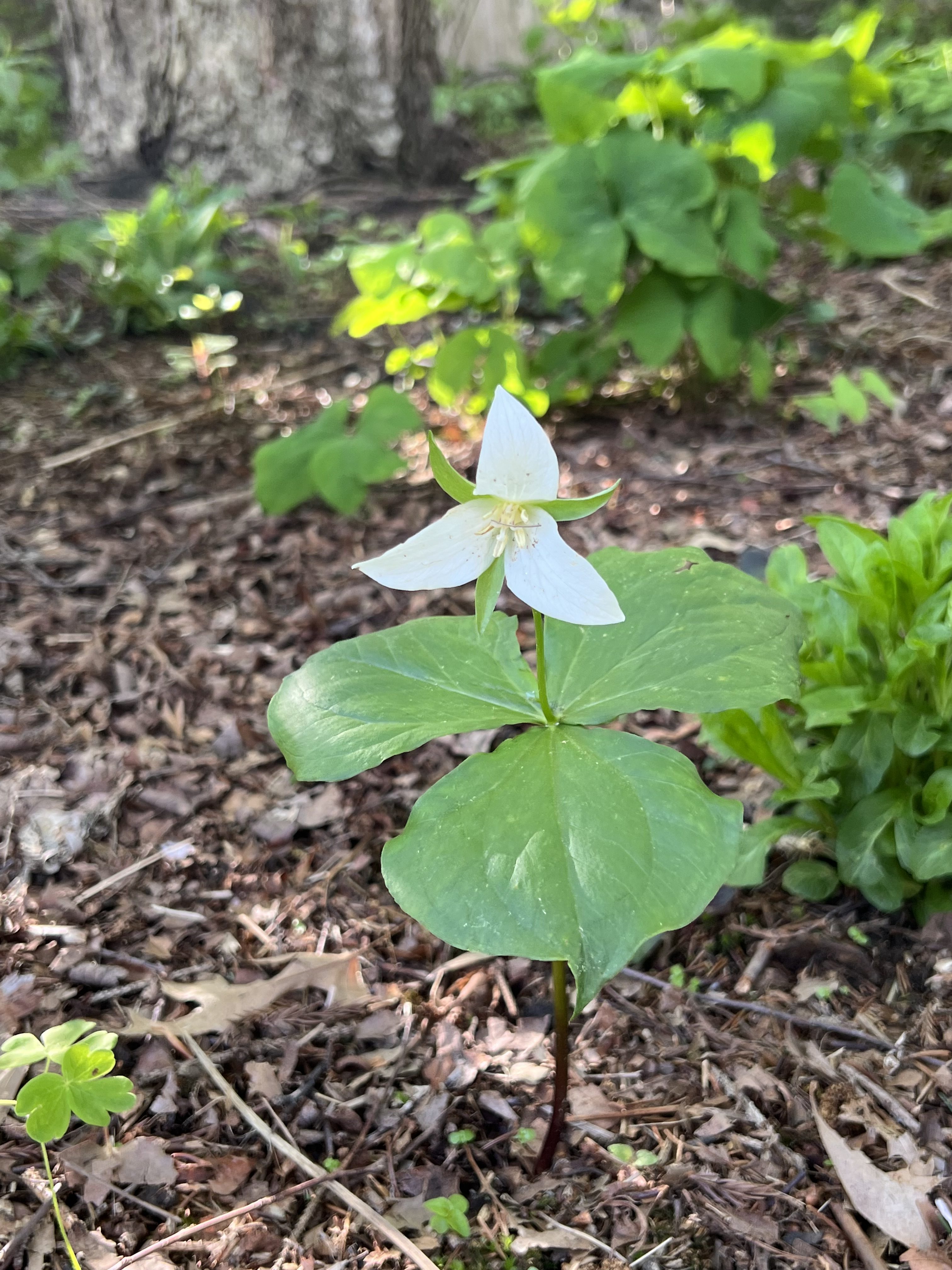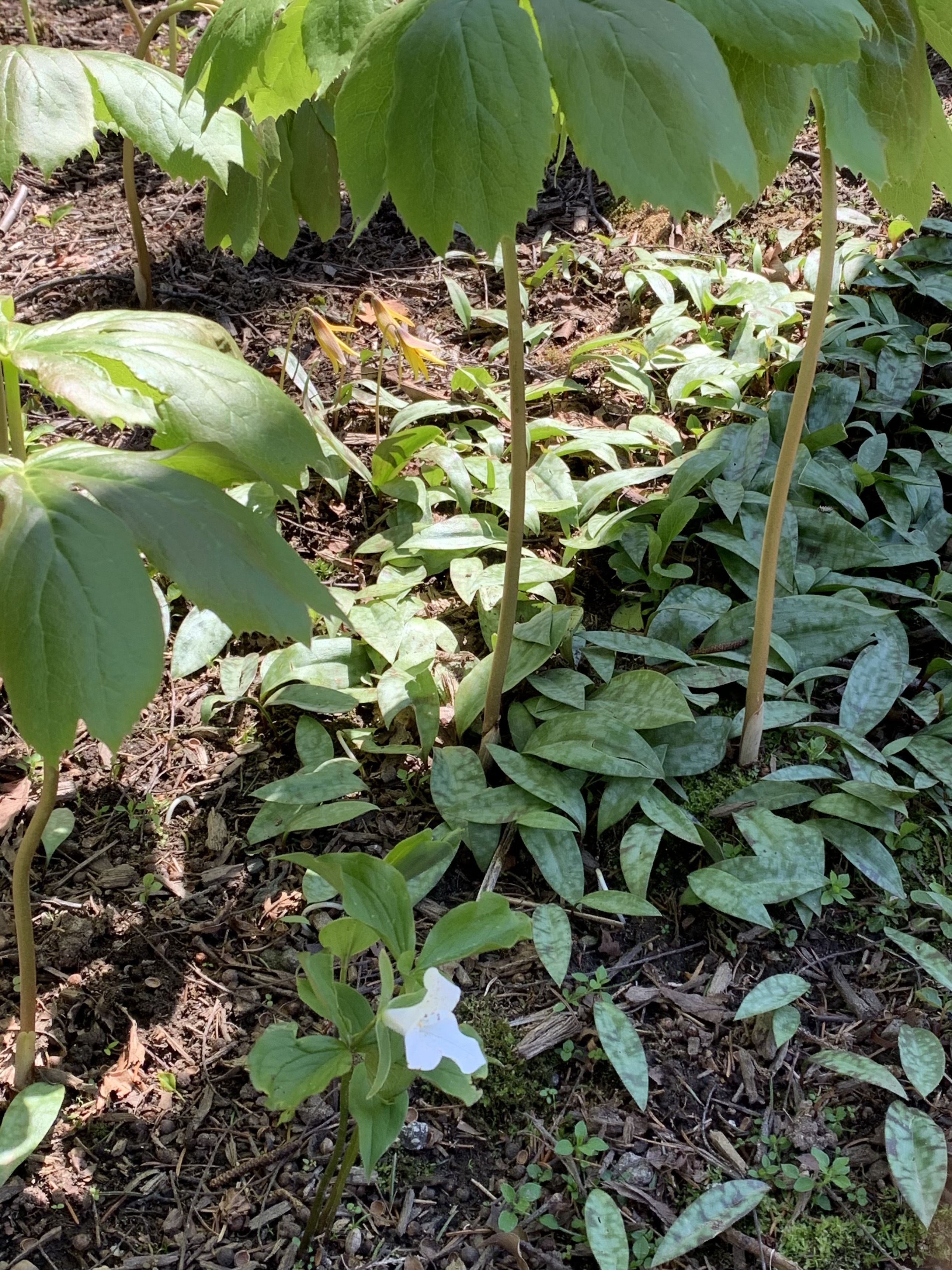“Around the Grounds” is published by the Greenburgh Nature Center to encourage readers to garden ecologically to help save bio-diversity. This post has a different purpose: to encourage readers to help save the Greenburgh Nature Center itself. We are asking only for your voice. Please sign the petition below or contact our Town officials directly. Thank you!
Most Baby Boomers will recall a wild outdoor place somewhere near where they grew up: a patch of woods, a pond, a swamp, or maybe an open grassy field where fireflies congregated at dusk. Days spent catching frogs, finding salamanders, maybe spotting a garter snake or a turtle, and definitely seeing lots of monarch butterflies, were all part of what made childhood summers so magical.
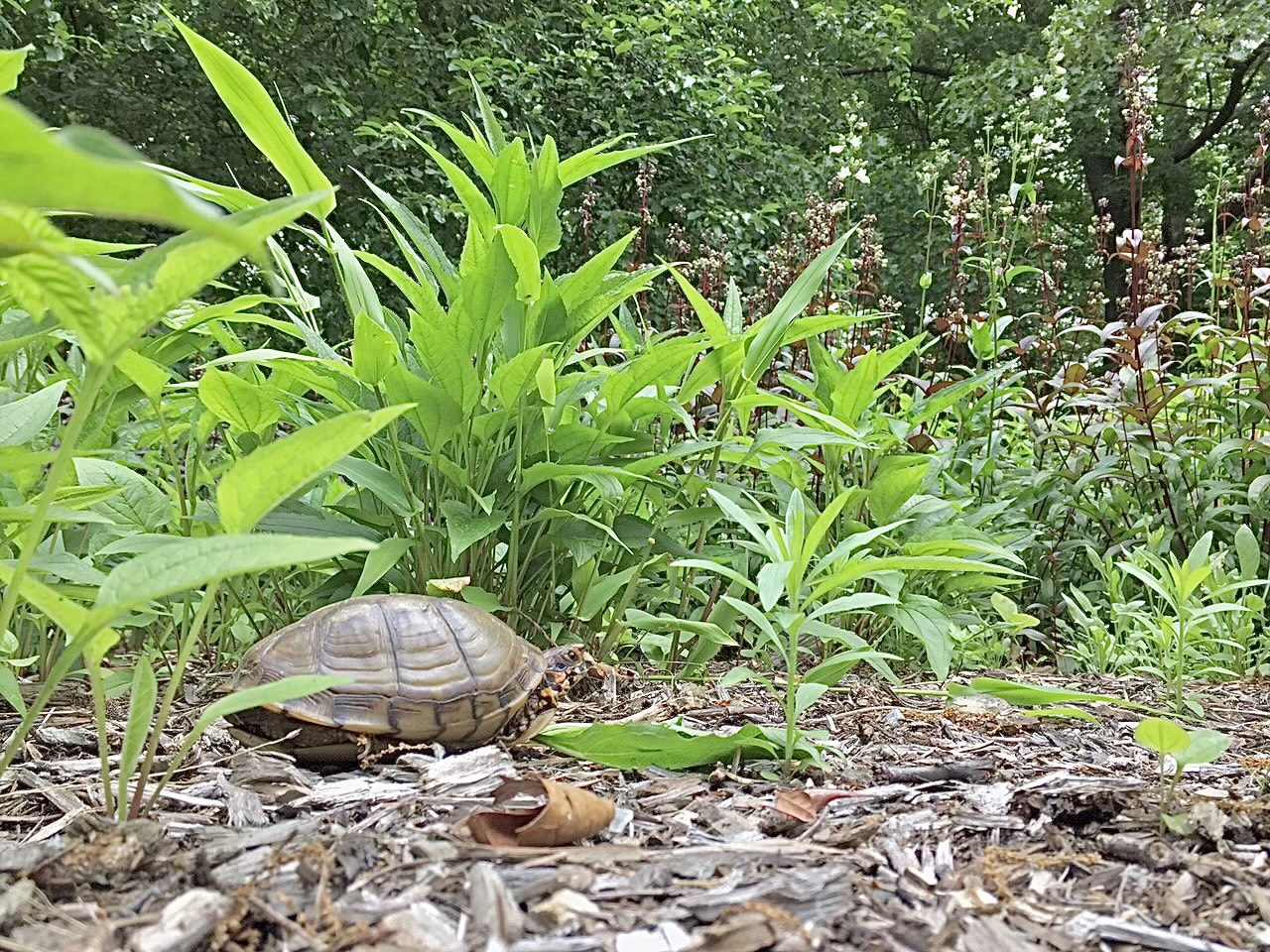
But if you ask those same Boomers what happened to the wild places in their old neighborhoods, chances are they will say, “long gone” – lost to development.
Before World War II, just 13% of Americans lived in suburbs. By 2010, however, suburbia was home to more than half of the US population! Inevitably, corporate offices, shopping malls, warehouses, schools, sports facilities, local government offices, and the roads, parking lots, and altered landscapes servicing this vast migration, eliminated the undeveloped “wild” places of childhood memories.

Today we are warned that our kids are suffering from “nature deficit disorder.” We hear that the average 5th grader can identify hundreds of corporate logos, but only two or three species of plants, including common trees. And it is shocking how many kids are terrified of completely harmless insects and animals because they’ve had no interaction with them. Suburban adults are often part of the problem: worried about mosquitos and ticks, they spray pesticides that wipe out fireflies, butterflies, bees, and any other insects that might provide food for birds — or learning experiences for children. The resulting sterilized landscape offers little opportunity for discovery of nature.
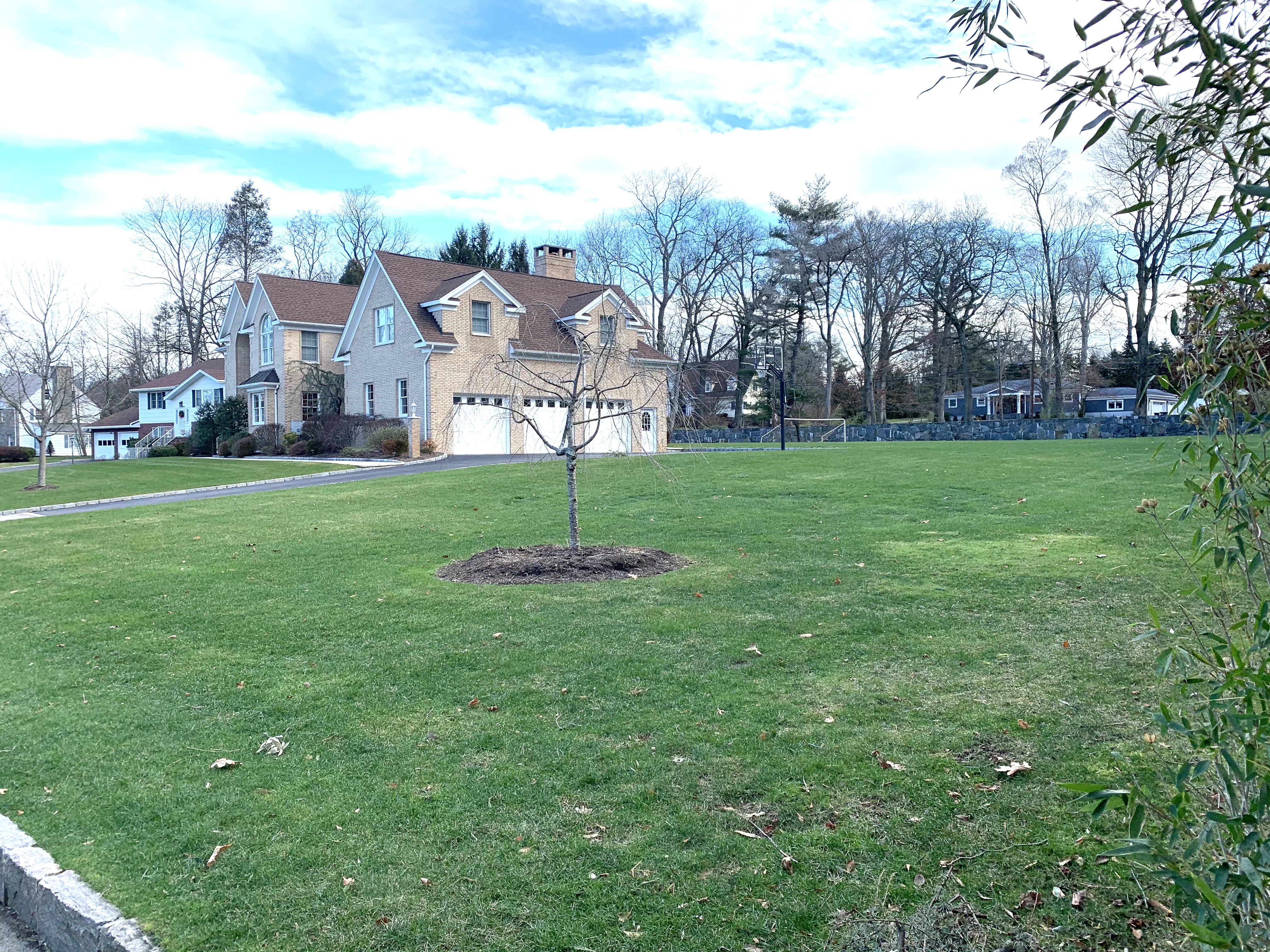
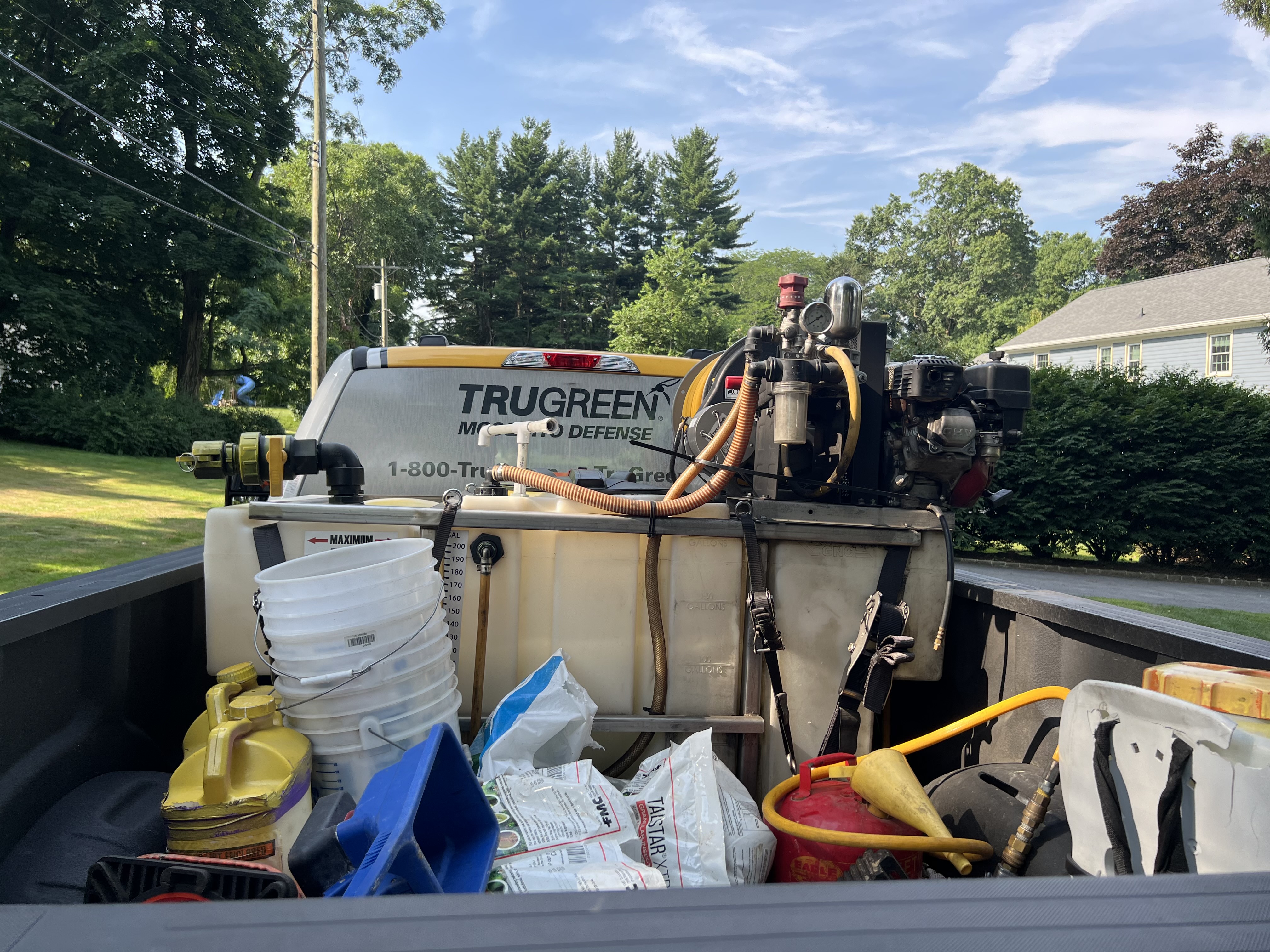
But if you are lucky, there may be a good local nature center where you can find the cure for nature deficit disorder.
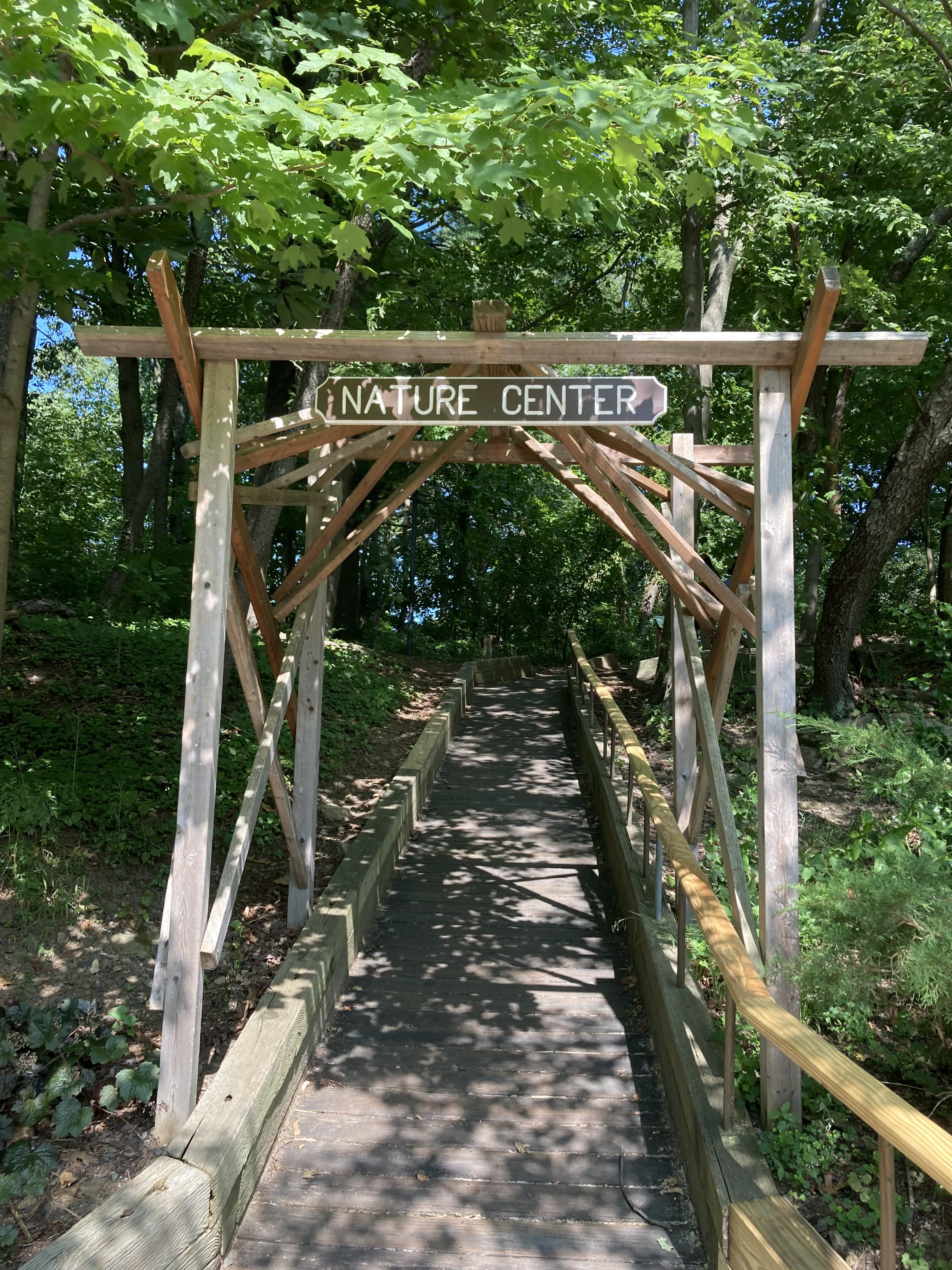
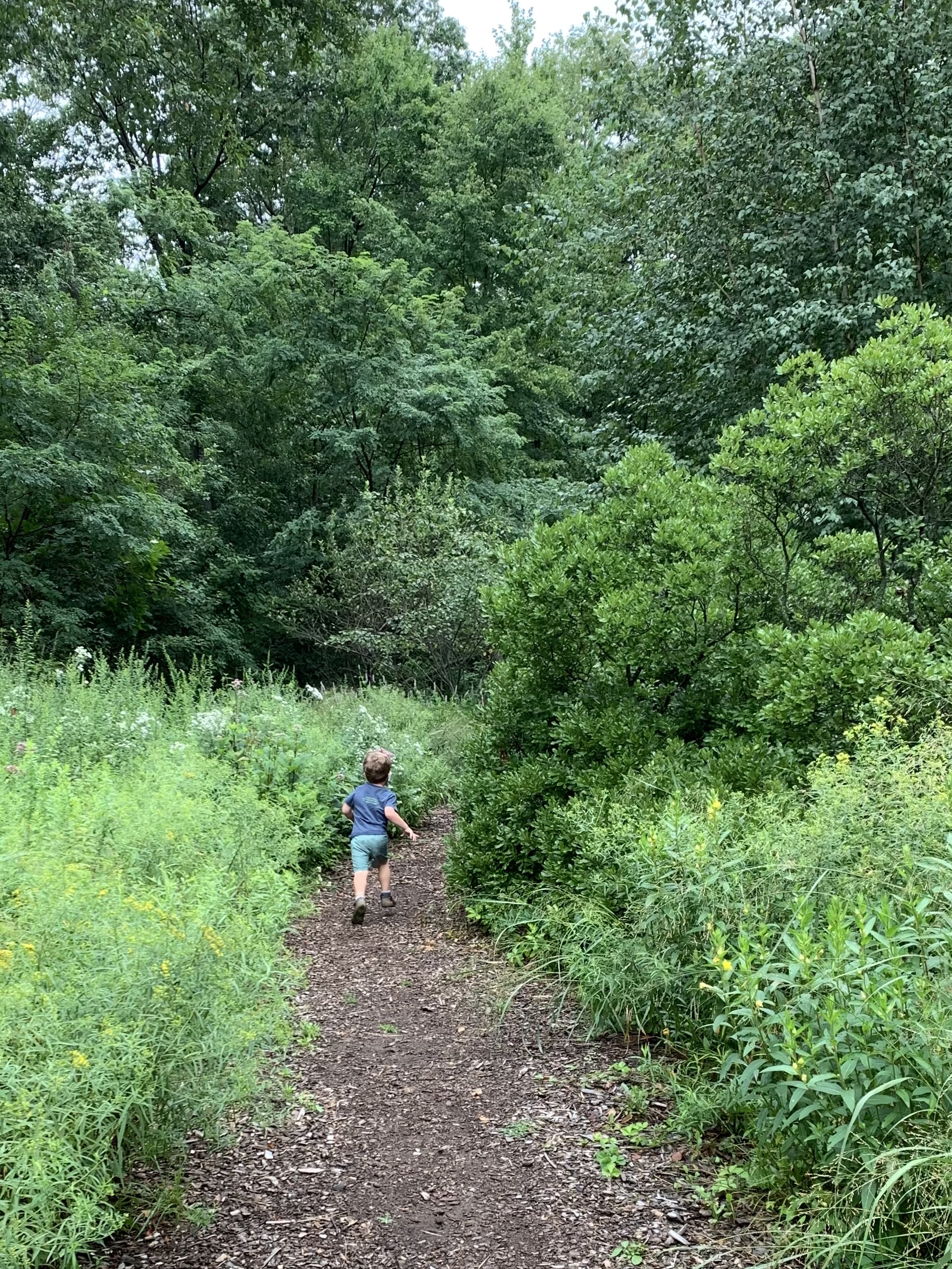

The Greenburgh Nature Center is such a place. Surrounded by suburban homes, schools, golf courses, and a busy commercial corridor, the 33-acre grounds of the Nature Center offer forest, meadow, and wetland habitats where birds, butterflies, bees, and countless species of insects and small animals can be observed in nature.
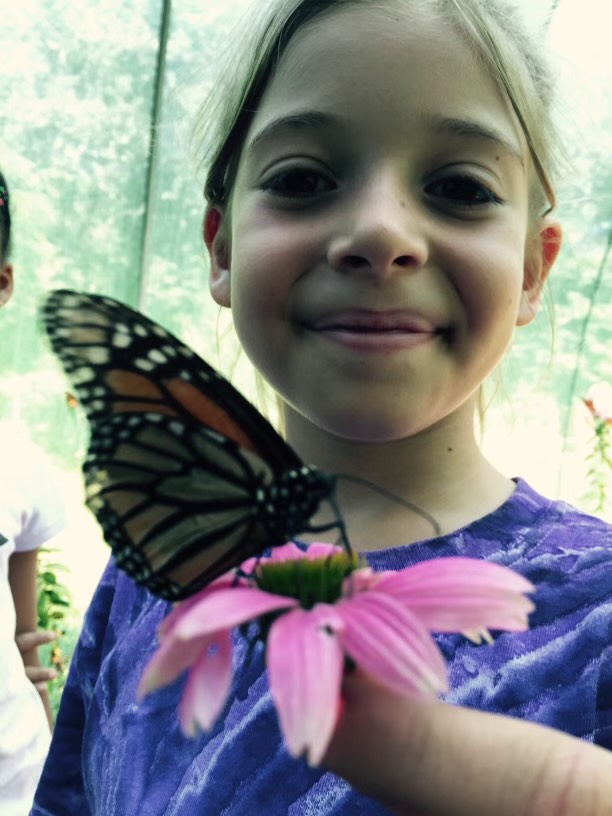
Visitors are free to wander and observe on their own, and children make eye-opening discoveries every day at the Nature Center. Highly-educated and skilled naturalists on staff offer insights and interesting information to children and adults about animal behavior, ecology, native plants, and the historical use of the Nature Center’s land by indigenous peoples.
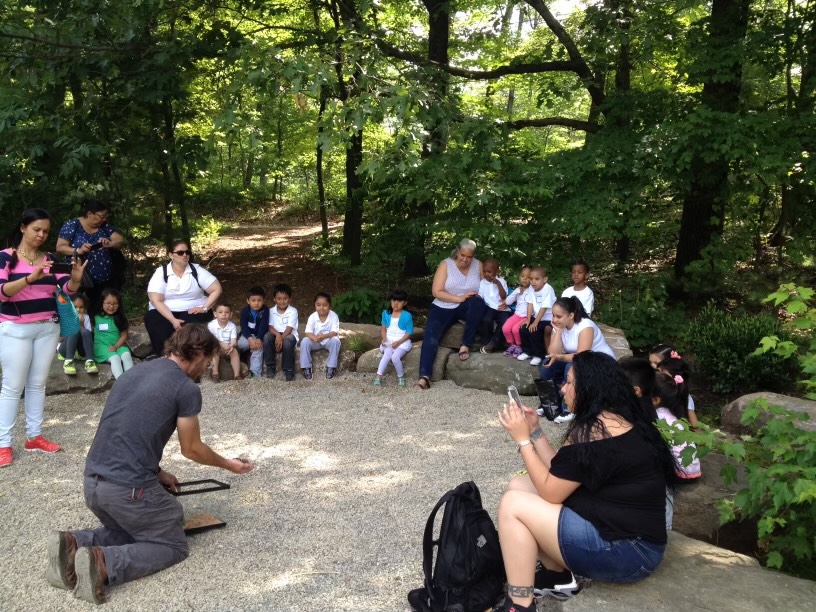
For fifty years, the Greenburgh Nature Center has been a model public/private partnership inspiring a passion for nature and enhancing the quality of life in its community. The “public” part of the partnership is the site: a protected piece of land and a 100-year-old Manor House acquired by the Town of Greenburgh with funding help from the State of New York.
The “private” part of the partnership is a 501(c)(3) non-profit educational organization called “Nunataks, Ltd.” that provides all of the programs and services at the Nature Center. Nunataks employs the staff naturalists, who with degrees and experience in multiple nature-education disciplines, run school programs, day camps, after-school activities, birthday parties, animal husbandry experiences, and seasonal nature events for the whole community.

For 50 years, this public/private partnership has been incredibly successful! The Nature Center welcomes over 100,000 visitors annually and runs programs for over 12,000 students each year from multiple area communities. Outdoor experiences on site include forest trails, a native-plant meadow with a live butterfly exhibit, native plant gardens, a vernal pond, a playground, a barnyard with farm animals, beehives, and a replica Native American wigwam and long house with educational exhibits about indigenous peoples.
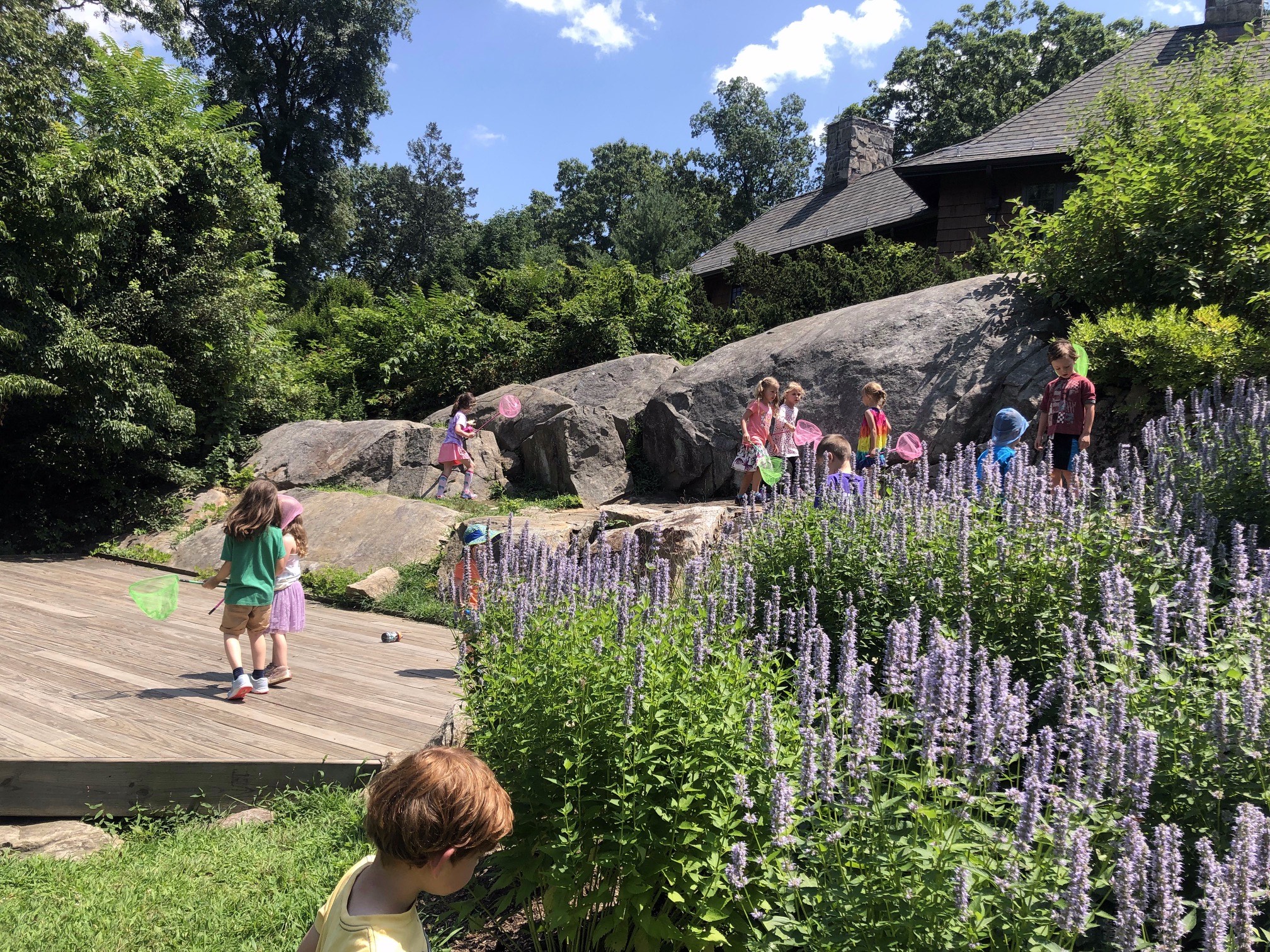
Indoors, visitors can meet numerous live animals from mammal, reptile, amphibian, aquatic, and avian species tended by trained volunteers and naturalists who explain their characteristics and supervise their careful handling by visitors. There are also science displays, and event spaces for programs, birthday parties, educational crafts, and adult classes. All of these experiences are provided on site by Nunataks, Ltd., the educational non-profit organization.
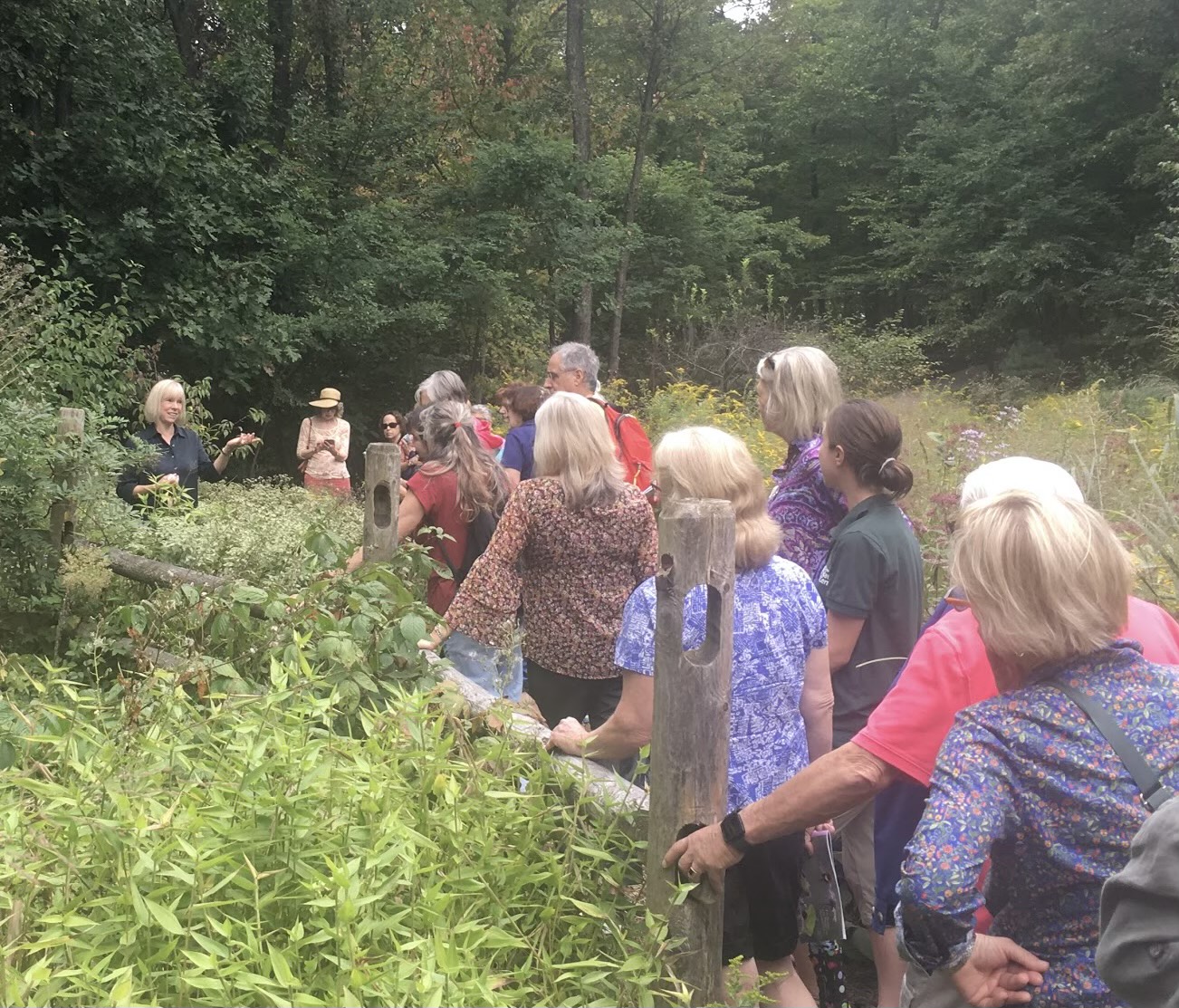
Sadly, this incredible community resource is now threatened by a breakdown in the public/private partnership that has served the community so well. The Town of Greenburgh has balked at renewing its contract with the non-profit Nunataks, Ltd. to continue operation of the Nature Center. Under the terms of the existing 25-year contract, the Town currently pays Nunataks, Ltd a fee that covers less than 20% of costs of operating the Nature Center. The remaining 80% of the Nature Center’s expenses are covered by membership fees, grants, donations from individual community members, and revenues from programs run by the non-profit staff. The amount currently paid by the Town of Greenburgh is no more than ¼ of 1% of Town’s annual budget. The Town Board, however, has declined to renew the contract at that minimal cost. If the contract is not renewed, the Greenburgh Nature Center must cease operation.
What is the value of the Nature Center to the community?
What is the benefit of hands-on nature education in an oasis of wild space for families surrounded by manicured landscapes and pavement? What does it mean to a child to see a butterfly emerge from a chrysalis? What is it worth to teenagers to discover that complex plant/animal relationships in nature are real and visible and not confined to textbooks? What is the benefit of a few quiet moments of bird-watching in a wildflower meadow?
If you value these things, please help us by signing the petition below. If you are part of our community, please contact the Greenburgh Town Supervisor and members of the Town Board urging them to renew the Nature Center’s contract.
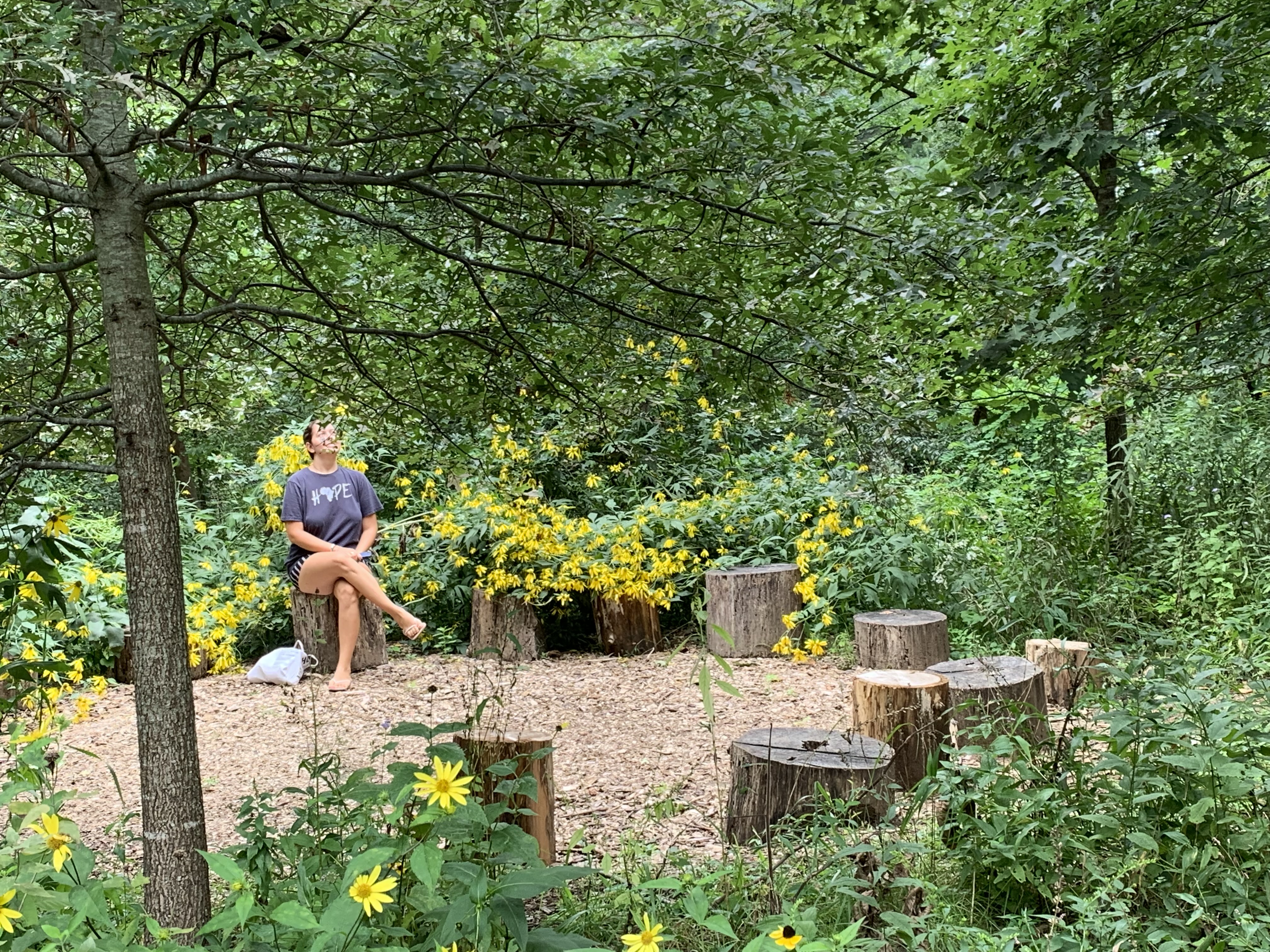
And if you live in another community and are lucky enough to have a resource like our Nature Center, do whatever you can to support it and preserve the value of nature education in a patch of wild space. We all thank you.
Click here to sign the petition.

